WHY GO: Most people come to Wilmington DE to be immersed in all things Du Pont. But there’s resurgent interest in its Black History, as well. Delaware, and Greater Wilmington in particular, was an important conduit for Freedom Seekers on the Underground Railroad.
So, in addition to DuPont attractions including Hagley, Winterthur, Nemours, and Historic Odessa, not to mention the renovated Hotel Du Pont, discover the key players in Delaware’s Abolitionist Movement. And Harriet Tubman’s relationship to them.
Since I first wrote about downtown Wilmington, Delaware and the Brandywine Valley in 2014, the City itself is much farther along in its renaissance. Rodney Square, “the heart of downtown Wilmington,” and its two original fountains have been restored
Market Street is being revitalized in a big way. Most exciting is a “surge of new restaurants” that are collectively making Wilmington a prime destination for foodies.
Plus, currently, there’s the “Biden Factor.” Our country’s 46th President is domiciled in Wilmington DE, and his haunts and hot spots are fast becoming draws for visitors.
Attractions in the greater Wilmington area can be daunting. Many require a full day to explore. But no fear, the Getaway Mavens are here – guiding you to the most curious and intriguing figures in American History and their displays of industry, ingenuity, and wealth. With a side of great dining and luxury bedding, of course.
Things To Do In Wilmington DE
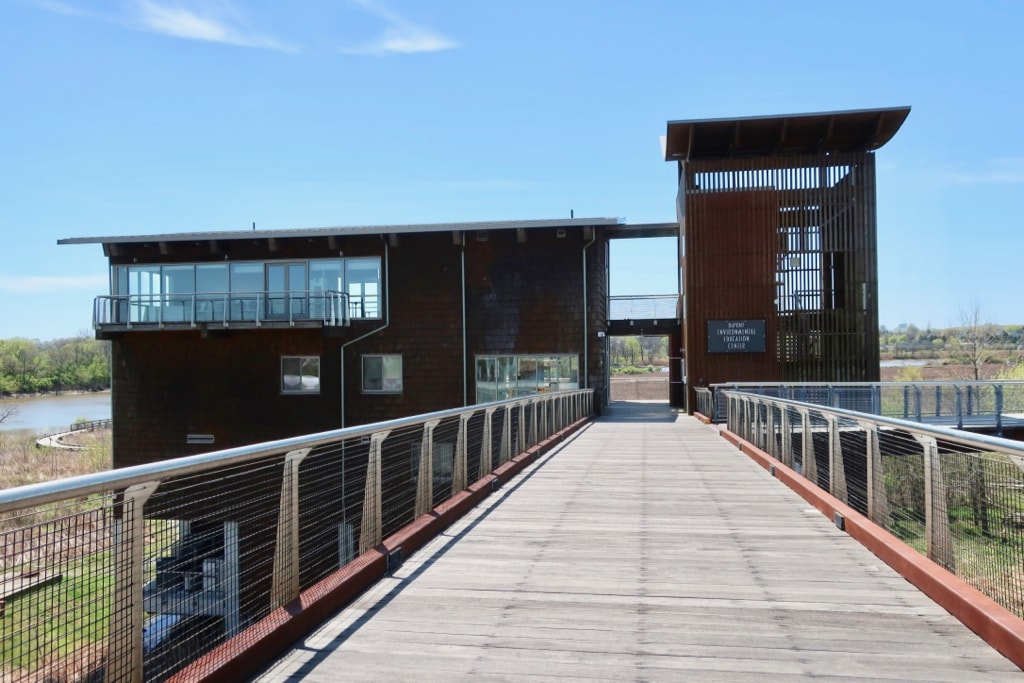
WALK: Russell Peterson Urban Wildlife Refuge – DuPont Environmental Education Center, Wilmington
The Russell Peterson Urban Wildlife Refuge, a breath of fresh air, and open-air classroom for kids, is touted as “Wilmington’s wild side, where the city, river, and marsh come together.”
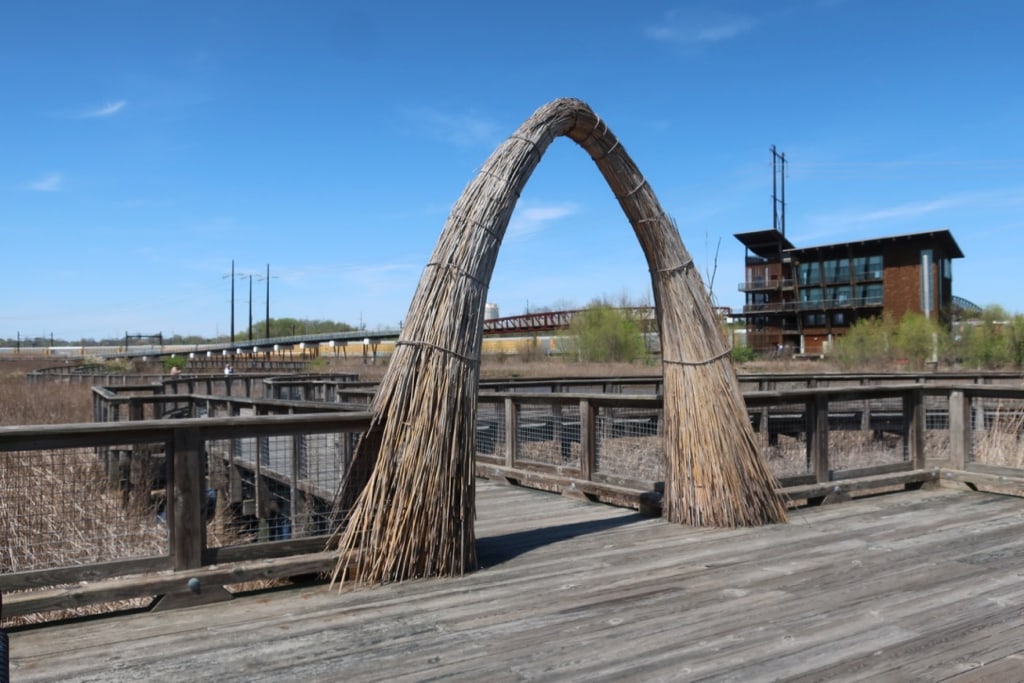
The DuPont Environmental Education Center (DEEC) is the centerpiece of the wildlife refuge (and, where you should set your GPS). It edges decommissioned train tracks, and the River Walk elevated boardwalk, part of the Jack Markell Trail (see below).
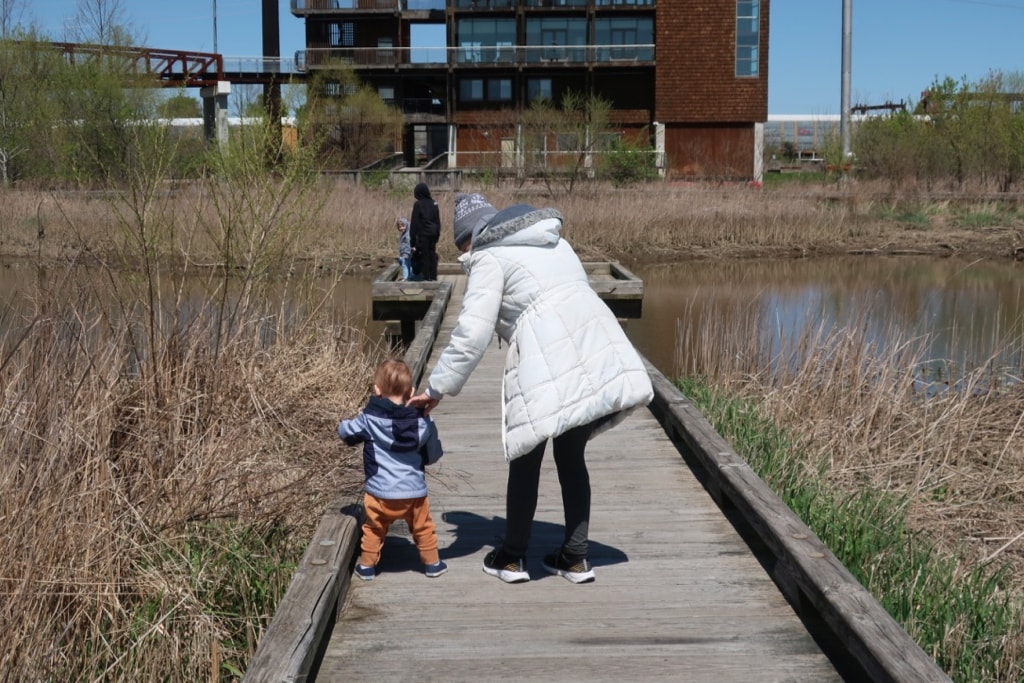
Walk the ¼ mile boardwalk loop through marshland and pools of water. You might come upon groups of kids wielding nets and scooping up tadpoles and other marshland critters: or Moms with toddlers fascinated by budding plants. It’s a nice stroll. And, best of all, wheelchair accessible.
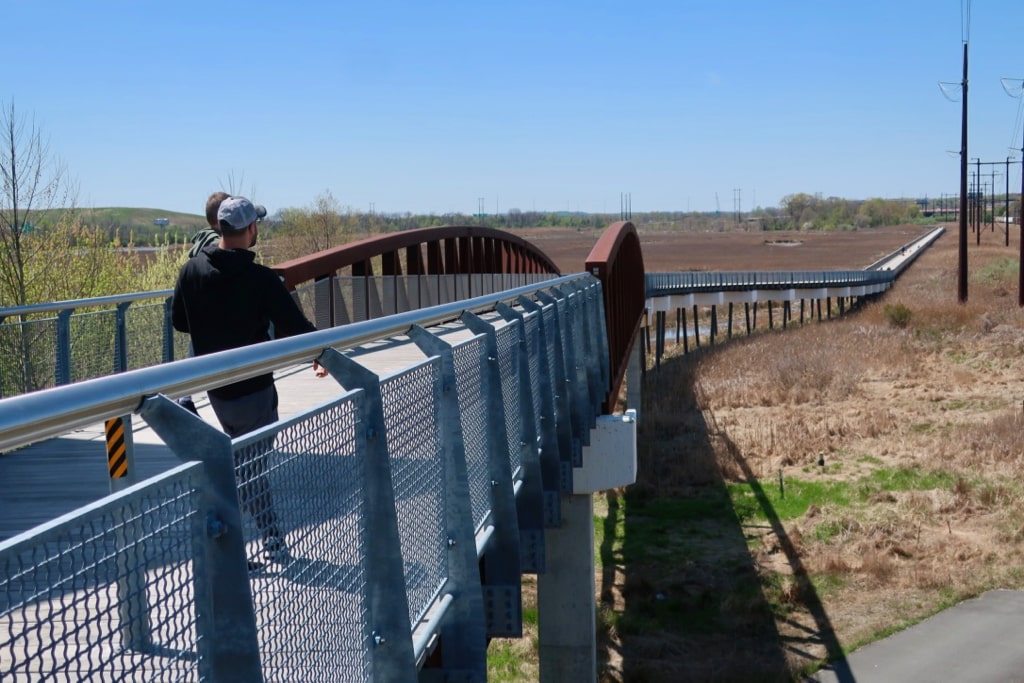
BIKE: Jack A. Markell Trail
According to its website this bike trail was “named after the former Governor, Jack A. Markell. The 5.5 mile JAM trail connects the Wilmington DE Waterfront with the City of New Castle.” Services and information panels along elevated boardwalks and paved paths up the enjoyment for bike riders and wheelchair. Most of the trail is accessible.
STROLL: Wilmington Riverwalk
The famous boat that carted 4,500 Jewish War refugees from France to British Mandate Palestine, The Exodus, was built right here on land along the Christina River.
Once a center of ship and railcar industry, the Wilmington Riverfront is now a charming esplanade lined with town homes, high-rises, shops and restaurants. It’s a serene walk past whimsical birdhouses designed by a local artist, Tom Burke, and rowing crews practicing on the quiet water.
This charming mile-plus esplanade links several attractions, from the Russell Peterson Urban Wildlife Refuge, to the Delaware Center for Contemporary Arts, and also places you within reach of café-rich Market Street.
VISIT: Delaware Art Museum
This sunlit museum encompasses several disparate structures. With a concentration on “Art of Illustration” the Delaware Art Museum naturally holds a number of Wyeth pieces, as well as those of N.C. Wyeth’s mentor and Wilmington native, Howard Pyle. The “Chihuly Bridge” – a windowed skywalk featuring a cluster of colorful glass art – is particularly striking. $14, open Wed-Sun 10-4.
VISIT: Delaware College of Art & Design Art Gallery
The public is invited to stop in to the largest art gallery in downtown Wilmington – for free. With bold and sometimes oddball art exhibits that change every month, something will be sure to spark debate and conversation. Open Mon-Fri 10-7, Sat/Sun 10-4, free.
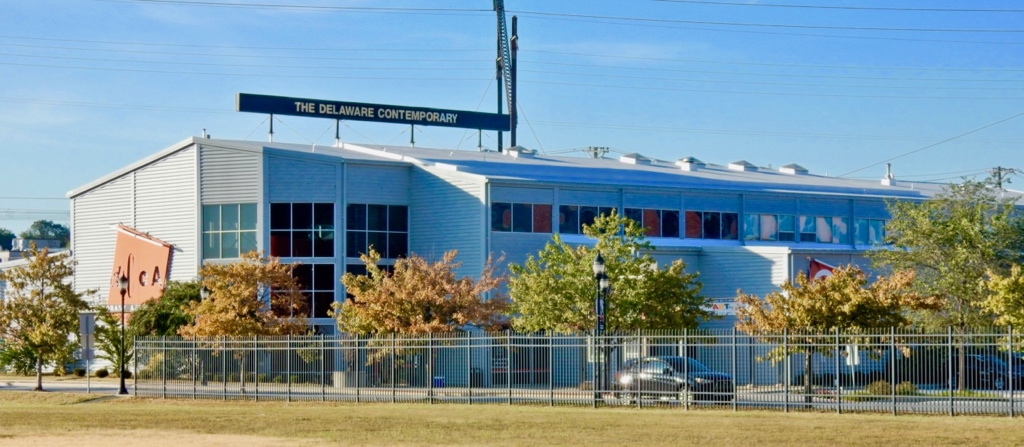
VISIT: The Delaware Contemporary
Seven galleries, 26 studios, and plenty of programming, The Delaware Contemporary which was built as a car factory, is one dynamic art museum. Open Wed-Sun 12-5, $12 adults, $6 kids.
PHOTO OP: Harriet Tubman Monument, Unwavering Courage in the Pursuit of Freedom
A “border state,” Wilmington DE was a crucial “station” on the Underground Railroad. It was the last Southern city before crossing into free Pennsylvania.
Heroine Harriet Tubman forged a close connection with the Abolitionist Quaker and Wilmington Underground Railroad “Stationmaster,” Thomas Garrett.
She also worked with free Black, Samuel Burris, one of Delaware’s most notable URR “Conductors;” and free Black, William Still, who established an Anti-Slavery office in nearby Philadelphia.
On the Underground Railroad, trust was a key commodity, as runaway slaves were betrayed all the time. Garrett and Still developed a “Trust Network,” allowing freedom seekers multiple options to move through Delaware. This was a major reason why Tubman’s efforts were so fruitful here.
No surprise that Wilmington is on the Harriet Tubman Trail from Birth to Death.
VISIT: Jane and Littleton Mitchell Center for African American Heritage/Delaware History Museum
Poke around the plaques, signage, photos, and artifacts that tell the history of African-Americans in the New World.
The first permanent black resident of Delaware is considered to be “Black Anthony” (Antoni Swart). Swart arrived in here in 1639 on the Swedish ship, Fogel Grip. By 1664, one fifth of those living in the new Swedish colony were of African descent.
Exhibits wind through time. Learn about Abolitionist activism, the Underground Railroad, Emancipation, Reconstruction, and Jim Crow. When you walk into a makeshift church, gospel music starts to play.
African Union Church founder, Peter Spencer, established the Big Quarterly here in 1814, which remains a thriving annual prayer revival. More displays cover civic unrest of the 50’s and 60’s, Martin Luther King, Jr, Desegregation, and the Arts, Music, Clubs and Associations important to the Black community.
The painter, Edward Loper, was a prominent WPA muralist in the 1930’s. Musicians, Clifford Brown and Cab Calloway had roots in Delaware. Twins, Nnamdi Chukwuocha and Albert Mills, the 17th Poets Laureate of Delaware, represent the thriving, engaged, artistic, and intellectual “now” of this reviving town.
Delaware History Museum
The bulk of the adjoining DE History Museum concerns the State’s beaches, shipbuilding, DuPont family, peaches and chickens. Prior to the “peach blight,” it was Delaware, not Georgia, that was known for this summer fruit.
The Blight put the kibosh on that industry. Now, poultry makes up 70% of Delaware’s agricultural business. Chickens rule the roost! Open Wed-Sat. 11-4, free. Evening lectures throughout the week (check website) are also free.
TOUR: Hagley Museum
This is where the DuPont saga began. In service to King Louis XVI, Pierre Samuel DuPont was bound to loose his head during the French Revolution. He escaped to the fledgling United States with his two grown sons, Éleuthère Irénée (I.E.) and Victor.
E.I Dupont established what was to become one of the country’s foremost chemical companies by improving on an ancient Chinese form of gunpowder.
In 1802, the DuPonts built the first version of their ancestral home, on a dip in the Brandywine River. Five future generations would live here.
Where to Start
Begin in the Visitor’s Center where you can have fun with interactive dioramas. It will take the good part of a day to explore all 235 acres, with over 70 structures, including a small Neoclassical building that served as company school for 150 children (only on Sundays when they weren’t working in the mill. Each child was encouraged to practice his own religion, as E.I. and Victor were Deists).
Don’t miss a working demonstration of shapers, lathes and other 1870’s machinery in the Machine Shop (on the half hour). Without a Lowe’s or Home Depots around, this was primarily a repair facility, with hydro-powered cutting machines connected by leather straps to a centerline shaft.
Kids as young as 8 years old who showed promise could earn five cents an hour working ten hours a day, six days a week as an apprentice.
DuPont gave them half their wages while they learned. He added 6% interest to the other half, which he paid when they became full-fledged workmen.
Fantastic Demonstrations
Smell the kerosene, watch these oiled machines at work, shards of metal flying helter-skelter. It’s a thrilling way to learn about early industrial life.
The other side of the machine shop is equally intriguing – illustrating how 75% Saltpeter, 12.5% sulfur and 12.5% Black Willow charcoal combined to create Black Blasting Powder. These exciting, moving dioramas depict all aspects of the powder-making process: preparation, production and packing.
Next investigate the Roll Mills – there were once 33 in all. Two rolling steel wheels, as heavy as school buses, ground the powder to the consistency of pepper flakes. Made of Gneiss stone – a dense granite – mill buildings were only open on creek side, preventing unplanned blasts from destroying workers homes.
A Dangerous Occupation
Crouch behind a stone for the “quality control test” of the blasting powder. Just a teaspoon causes a loud bang and lots of smoke. One ounce – a plastic film container’s worth – could throw a 24 lb cannonball 200 feet.
There were 288 explosions during the 117 years that Hagley Mill was in operation, leading to 228 deaths (known as “going across the creek”). The DuPont’s were altruistic for the time, allowing widows and families to continue living in company quarters for the rest of their lives.
Take the bus from the Visitor’s Center to E.I.’s house on the hill – Eleutherian Mills. Though the original footprint was small, subsequent generations of DuPonts expanded and prettied it up.
The home was wracked by explosives from the mills downhill. Micro-manager E.I. was known to shout orders from his balcony through a bullhorn to his workers below. He died in 1834 of a heart attack, hugely in debt, and was never able to enjoy the wealth and prestige of future DuPonts.
Plan to spend a full day or at least four hours here. There’s even an organic café – Belin Organic Restaurant – on site that serves great soups and salads. Open daily 9:30-4:30, $15 adults, $6 kids. Closed Thanksgiving and Christmas.
TOUR: Winterthur
Between 1928 and 1931, Henry A. Dupont expanded his home, Winterthur, from 40 to 150 rooms. Now at 175 rooms, this decorative arts museum draws numerous visitors a year.
An exhibit in the Visitor’s Center invites you to consider Colonial-era American dress and décor from various perspectives. My favorite is a watercolor titled, “Pernicious effects of Reeding Tails” – a graphic depiction of what happens when a long petticoat snags on a full chamber pot.
These slice-of-real-life vignettes come at you fast and furiously during a mind-blowing introductory tour of the main house, as you walk through narrow lamp-lit and low-lit corridors to one enthralling room after another.
Henry DuPont’s Obsession
Henry collected rooms from American Colonial homes in all 13 original U.S. colonies and transferred them beam by beam, crown-molding by crown-molding to his mansion.
Arranging dozens of existing antique rooms into an already-built framework was an engineering marvel in itself – a feat that fascinates architects even today. And it is one reason that Winterthur is a draw for those who don’t care a whit about decorative arts.
But for those who do, you’ll positively drool over 90,000 pieces of furniture and trimmings – among the most famous a porcelain china set that belonged to George and Martha Washington, and a full set of six silver tankards from the studio of Paul Revere circa 1868.
The large and colorful Chinese Parlor showcases Henry’s insistence on one type and hue of flower per vase. For some reason, he didn’t like multi-colored flower arrangements.
An 1822 Spiral Staircase from a North Carolina property came with the plaster crown molding from its original home.
The 1740 Marlboro Room (Maryland) is set for afternoon tea, bright yellow seating positioned for optimal conversation.
Yes, Winterthur is a showcase, but it was also the DuPont’s home, and 80% of what you see are the rooms they lived and entertained in.
Choose among six tours or arrange a customized one to suit your own interests. Open Tuesday–Sunday, 10:00 am–5:00 pm. Last tour tickets sold at 3:15 pm. Last tour is at 3:30 pm. General Admission, $20 adults, $6 kids.
VISIT: Nemours Mansion and Gardens
After a $39 million renovation, Nemours well illustrates the story of Alfred I. DuPont, who built this 47,000 sq. ft. Versailles-like French château in 1910 at age 46 to woo his ladylove. The grandson of E.I DuPont, Alfred was orphaned at 13 and a full partner in “Uncle Henry’s” Black Powder business by age 25.
An inventor who held over 200 patents, Alfred was what these day’s we’d call a nerd. But he was loved and considered one of the boys by Hagley’s “powder men.”
Alfred In Love
Not particularly flashy, Alfred believed that Alicia Bradford would love him if he treated her like French Royalty. So he hired Carrere & Hastings, the same architectural firm that designed the New York Public Library, to construct Nemours. From most accounts, though she married Alfred and bore him two children Alicia never came around to loving him before she passed away in 1920.
Begin with a wonderful 15-minute movie to learn about Alfred’s hard-working and relatively humble life and strife, and about his happy later years. The tour takes you through this stucco and limestone mansion outfitted with many of Alfred’s inventions, including a wind meter that would indicate whether it was a motorboat or sailboat day, and a stained glass window that could be opened.
What Money Can Buy
Upstairs, in the more genteel areas, find historical pieces like the grand chandelier – a gift from Marquis d’ Lafayette to Pierre DuPont. The clock in the reception area was fashioned for Marie Antoinette. It was on loan to the Metropolitan Museum in New York and now back in its rightful place.
The kitchen features a rotating silver vault and a set of personalized Limoges china specifically for the DuPont’s yacht.
But the most interesting part of the house, especially for anyone in search of man-cave ideas, is in the basement. Alfred was a sticker for detail and emergency planning, so he installed back-up furnaces, generators and hot water heaters.
Alfred though of everything. He had his own on-sitepersonal water bottling plant, a shooting range, and a two-lane bowling alley behind a retractable movie screen. And the ultimate guy’s hideaway – a room with two billiard tables, a gun rack and four butler call buttons because, “G-d forbid you should run out of bourbon or cigars from anywhere in the room.”
A New Lease on Life
Alfred was forced out of his own company by his cousins in a hostile takeover in 1915. At age 57 and a widower, had reached a low point in 1920 when he married his third and most loving wife, Jessie Ball – 20 years his junior.
This proved to be the happiest season of his life, and most profitable. The DuPonts invested in Florida real estate in 1923, just as land values were increasing.
When he died at age 70, Alfred left a fortune in a charitable trust, which is now worth billions. This money funds the Nemours/Alfred I. DuPont Children’s Hospitals in both Wilmington, DE and Orlando, FL. Jessie lived in Nemours until her death in 1970, often entertaining hospital board members in the grand dining room beneath the portraits of King Louis XVI and Marie Antoinette.
A tour of Nemours includes a bus-ride around 300 acres of French manicured gardens (among the Best French Gardens in America) and a stop at the Carriage House. Open May 1st through December 31st Guided Mansion Tours – Tues-Sat: 9:30am, 12:00pm, & 3:00pm Sunday: 12:00pm & 3:00pm, $15.
Nemours is one of the Perfect Places to Pop the Question in Delaware.
VISIT: Mount Cuba Center
In 1934, Pamela du Pont Copeland transformed a fallow cornfield with no bio-diversity whatsoever into a thriving ecosystem with ponds, woodlands, meadows, and bogs. Now, the public is invited to walk rustic mulched paths to a lily-padded pond that puts one in mind of Monet’s Giverny. Stroll past Lady Slippers and Pitcher Plants (digesting bugs), signs with poems on the back and other surprises on 20 acres of manicured formal and naturalistic gardens and 1000+ acres of natural preserved lands.
Opened to the public in 2001, the Mount Cuba Center is newer than other area gardens, but with “old bones” and a mission: to introduce native landscape perennial and shrubs with exceptional ornamental attributes and garden adaptability.” To that end, hybrids of native ornamentals have been planted in a “Trial Garden” – half shaded and half open to the sun – where researchers study the hardiness of various plants.
The Copeland’s brick mansion serves as Mount Cuba’s staff offices. For a treat, join a Yoga or Ti Chi class when offered in the gardens. Open Mid-April thru November,Wed-Sun 10-4 with later hours in the summer and classes year round, $10 adults, $5 children.
VISIT: Historic New Castle
This 6 block historic district, not to be confused with new New Castle, is so authentic, it served as backdrop for the Oprah Winfrey movie, Beloved.
Red brick town homes, featuring shutters in black and Federal Blue, were here when William Penn arrived in the New World. And at one time the copula that sits atop the Courthouse served as the border between Delaware and Pennsylvania.
Wander the original cobblestone streets (FYI, wear comfy shoes) and seek solace in the old church graveyard. Many stones date to the early 1700’s and are perfect for gravestone rubbing.
Pop into the Read House – facing the Delaware River – built for George Read, one of the signers of the Declaration of Independence as the finest home in Delaware.
To round out your colonial experience, eat Fried Oysters or a Reuben on a Dutch Pretzel Roll off pewter plates at Jessop’s Tavern and Colonial Restaurant. In a three hundred year old barrel-making shop, it’s a throwback for sure, with ale tankards, colonial fare and waitresses in period dirndl skirts.
TOUR: Historic Houses of Odessa, Odessa DE
Located about 30 minutes south of Wilmington, Odessa DE is worthy of a three building, 1 ½ hour tour. Or, at least a drink and dinner at the impressive Cantwell’s Tavern.
Under the auspices of the well-known Winterthur Museum until 2003, this tiny blink and you miss it town on the Appoquinimink River, population just over 300, boasts several homes dating to the mid-1700’s, a former bank that serves as a Visitor’s Center, the operating Cantwell’s Tavern, and other private properties. Not to get too cliché about it, Historic Odessa is an all around “hidden gem.”
Former Shipping Center
A mere three miles from the Delaware Bay, the town was a thriving shipping center in the 18th and 19th centuries. Originally called “Cantwell’s Bridge,” in 1850, the name of the town was changed, with seemingly stupefying hubris, to that of the top grain port in the world at the time: Odessa, Ukraine.
In the early 1900’s, H. Rodney Sharp, arrived in Odessa to teach school. He eventually moved north to Wilmington, married Isabella DuPont, and, with his wife’s funds and blessing, returned to Odessa in 1938 to rescue his dear town and restore it to its Colonial grandeur.
When Winterthur closed the Historic homes, Sharps’ descendants believed that H. Rodney Sharp would be “rolling over in his grave” should he discover what was happening to his beloved town.
They established the Historic Odessa Foundation and hired 18-year Winterthur employee, Debbie Buckson to lead the Board of Directors. Historic Odessa reopened in 2005, and has been quietly increasing tourism each year.
Guided Tour of Historic Odessa
A guided tour takes you into three of the six buildings, though you begin in a 4th – the Bank, which serves now as the Visitor’s Center. (And you can eat and make merry in a 5th – Cantwell’s Tavern).
Collins-Sharp House
The oldest, the Collins-Sharp House – built in stages in 1700, 1730’s, and 1960’s – was actually moved here from Collins Beach 8 miles away.
In danger of demolition to make room for a refinery (which never happened), the structure came to Odessa in 1962. It’s a prime example of a wealthy Delaware farmer’s home. A 1723 English coin was discovered in the floorboards, and original wallpaper from the mid 1800’s remains surprisingly intact.
School groups follow recipes from a copy of the Virginia Housewife Cookbook, written by Thomas Jefferson’s cousin, Mary Randolph, to cook in the hearth fireplace. Young kids make cake, older ones, pie. And, yes, they are allowed to eat their creations.
Wilson Warner House
The stately brick Wilson-Warner House, built in 1769, belonged to general store owner, David Wilson. Sales of rum must have been good, as Wilson owned both a high-end carriage and his own sloop. The home is accurately depicted thanks to his son, David, Jr, who went bankrupt in 1828. The bankruptcy generated a meticulously itemized itinerary of his home furnishings.
The Delaware-Georgian home, with its focus on balance and symmetry, was decked out with Greek columns at the front door, wall-to-wall carpeting in the parlor, carpeted stairs, and 100 Baltimore Fancy Chairs, which Jr. collected. (Odessa Foundation is now in possession of 30 of them.)
In the backyard, be sure to see the unique triple-seat brick outhouse, and the “muskrat-skinning shed,” that “would have been down by the creek.” Now, the shed is used for lectures about the Underground Railroad, including one story that allegedly happened right next door in the Corbit-Sharp House.
Corbit Sharp House Possible Underground RR Connection
Quakers, Daniel Corbit and his wife Mary, were members of Appoquinimink Friends Meeting. Rumor had it that members of Hunn and Alston families, prominent abolitionists and Underground Railroad participants, also supported this church.
The undocumented story, passed down through the generations, states that Daniel was out of town when Sam, an escaped slave, police hounds at his back, fled to the Corbit home. He knocked frantically on the back door and asked for Mrs. Mary Corbit by name. Mary took Sam in, and then hid him in an attic nook.
Of course, that nook is the pièce de résistance of a tour of the Corbit-Sharp Home, set on a gorgeous riverfront landscape, and restored by H. Rodney Sharp to its 1818 splendor.
The home had remained in the same Quaker family from 1772 to 1938. Thankfully “Quakers save everything.” So Sharp had all of the building records to work from.
The home’s wallpaper, from the later 1700’s, is a rare existing example of imported hand-painted Chinese wall coverings that became all the rage in America after Independence.
Historic Odessa Logo
Most significant, though, are the “broken” cornices over interior doors, called “mutule blocks,” in a configuration borrowed from Greek architecture.
This feature is so important to the Historic Houses of Odessa, it’s the Foundation’s logo. Open Tues-Sun March-Dec. 10-4:30 (last tour at 3pm), $10 adults, $8 youth. In addition, the very popular once a year 18th Century Dinner is cooked and served by costumed staff here. $125 pp.
Restaurants In Wilmington DE
EAT: Bardea Food & Drink
Opened in 2018, Bardea in downtown Wilmington, has fast become a hot ticket. So hot, in fact, it was a 2019 James Beard Semifinalist for Best New Restaurant nationwide. Dine on seriously good pizza, and tweaked Italian comfort foods in a rustic-palatial space capped with embossed copper ceiling.
For appetizers, order the heralded Nona’s Meatballs ($10), and Root Vegetable Pave ($10), with apple butter and porcini mushrooms, and you’ll see what the fuss here is all about. And why even jaded New Yorkers are checking this place out.
EAT: Ciro Food & Drink
In the up and coming Riverfront area of Wilmington, Ciro Food & Drink offers innovative “Tapas Style” fare in a boxcar-shaped space spruced up with retro-Victorian chandeliers. Chefs turn out well-executed variations of vegan and healthy-meats bites made without the benefit of fryer or microwave.
Imagine my delighted surprise at the tastiness of baked “Fried Chicken” ($16) – offering a satisfying crunch without heart-clogging oils. Both the deliciously complex Toy Box Tomato Tart ($13), and the phenomenal Strawberry Shortcake –a cornbread/strawberry/whipped cream confection – should be menu staples.
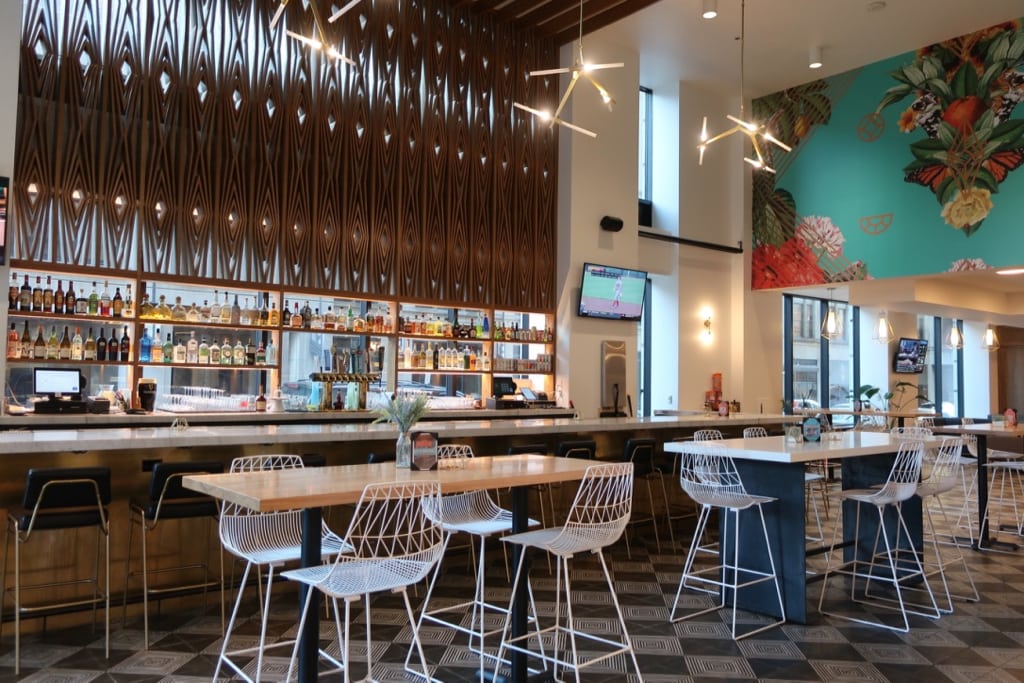
EAT: DeCo Food Hall
Upscale food courts are having a moment – and this one, has changed the way downtown Wilmington office workers are eating. “A launchpad for chefs; a haven for eaters,” DECO features everything from Indian street food to sushi and pizza, and is sure to please any palate. Plus, there’s a great bar and even live music on Thursdays from 6-9pm.
EAT/DRINK: Wilmington Brew Works and La Pizzeria Metro at Miller Road Station
These two establishments sit side by side in the former DuPont owned Delaware Chemical Co. Besides dreamy lagers and ales, Wilmington Brew Works serves up Ciderosas – mimosas made with hard cider.
La Pizzeria Metro is the real deal, and by most accounts, a hit from Day One Sept. 2019. Experienced pizza makers serve up Neo-Neapolitan Pizza that emerges hot and crispy from a shapely mosaic’d pizza oven shipped here from Italy.
EAT: Cantwell’s Tavern, Historic Odessa
Before or after your tour, or even when the Historic Homes are closed, sally forth to the authentic Cantwell’s Tavern for lunch or dinner. Though dishes are along the lines of comfort-pub-food, they’ve been updated and enlivened for modern tastes.
Ergo – Kale Salad ($13.99), Meatloaf Sliders ($10.99), Peach Burger with homemade peach marmalade ($14.99), Pizza’s, Flatbreads, steak and chicken. The food is fresh and clean – with produce procured from the Collins-Sharp house garden next door – and ultimately very, very good.
EAT: Krazy Kats at Inn at Montchanin Village
Named after a woman (purportedly koo-kooo) who lived here in the 1800’s, Krazy Kats excels in fine cuisine. You’ll dine in clubby luxury surrounded by portraits of aristocratic cats and dogs. Known for its wild game (e.g. Smoked Rabbit Chowder) and marvelous Crab Bisque, the chef does an expert job with Lamb Porterhouse, perfectly coated Caesar Salad, and flash-fried caramelized Brussels sprouts to die for.
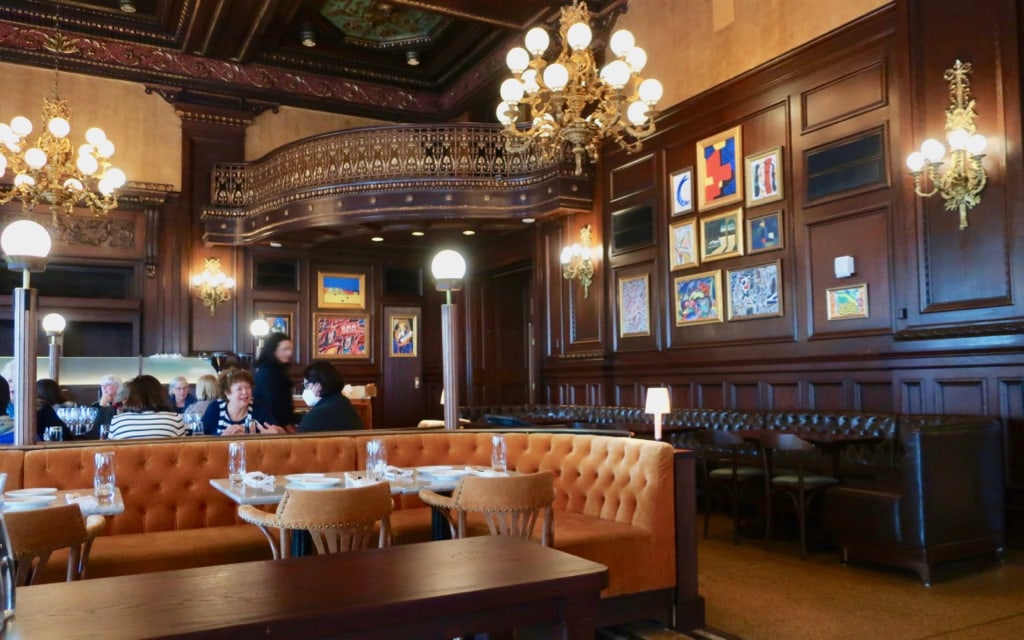
EAT: Le Cavalier at Hotel Du Pont
With walls and ceiling of gorgeously carved wood, the exquisite Le Cavalier at the Hotel Du Pont is a throwback to the 20’s and 30’s. It’s also feast for the eyes as well as the palate. Formerly the Green Room (known for its table-side Cesar Salad), Le Cavalier features a “French Inspired, Locally Grown” menu.
DRINK/EAT/PLAY: Constitution Yards
This Riverfront seasonal, outdoor Beer Garden – BBQ spot is dog friendly. Plus, it’s got ax-throwing! (Thankfully, far from the bar).
EAT: Locals Recommend
Other recommendations by locals include Farmer & The Cow (for interesting takes on burgers), Torbert Social, an upscale speakeasy with strict collar-shirt (for guys) dress code, the highly touted LaFia on Market St, Buckley’s Tavern in Centerville where you’ll park your car beside Rolls Royces and wear P.J.’s to get breakfast 50% off the $18.50 Sunday Pajama Brunch.
Best Hotels In The Wilmington DE Area
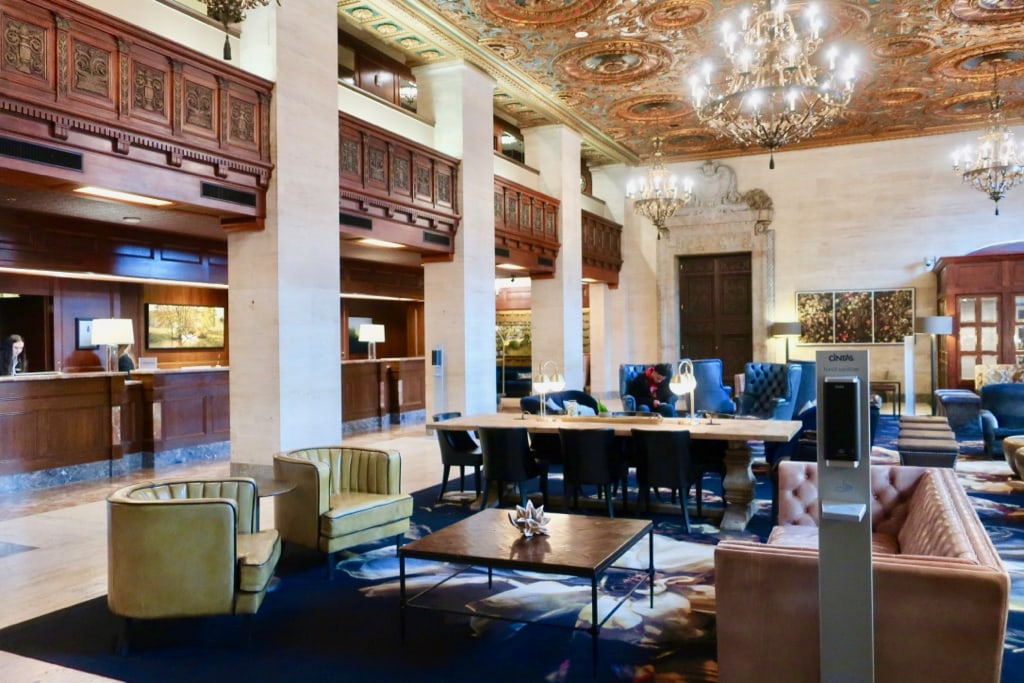
STAY: Hotel Du Pont
Pierre Sam Du Pont (owner of Longwood Gardens) built the Hotel Du Pont in 1913 to host corporate owners and executives. It remains the place to stay in downtown Wilmington, with newly imagined dining rooms and elegantly modern guest rooms. The Getaway Mavens love it so much, we’ve covered it separately in its own Hotel Du Pont post.
STAY: Inn At Montchanin Village
Once housing the laborers who worked at the Hagley Powder Mills nearby, the Inn at Montchanin Village is as luxurious as you can get in the Delaware countryside. Which is why you can’t help but feel a sense of irony as you meander down “Privy Lane.” Original latrines still line the street where upscale guest cottages now stand.
I’d wager the only luxury inn in America that features outhouses as a design element, The Inn at Montchanin Village maintains its historic value while providing seasoned travelers with the highest degree of service, amenities – and whimsy.
It took owners Dan and Missy Lickle five years to renovate this charming hamlet, just a few minutes from downtown Wilmington DE, into 28 rooms and suites. Fond of cows and crows, the Lickles created a humorous cow/crow logo and stamped it on everything from signs to soap before opening the Inn at Montchanin Village in 1996.
Inn at Montchanin Village made it on the Getaway Mavens Best Romantic Hotels in Delaware list.
CHECK-IN
Reception inside the village’s former milking barn is low key and friendly. The check-in team welcomes new guests warmly and with infinite patience as they explain the layout of the tiny pie-shaped village, which may seem a bit daunting at first.
Kids (and chocolate-lovers) make a beeline to the large old-fashioned scale, overflowing with Hershey’s kisses. A huge and stunning “gathering room” offers places where guests are free to read, enjoy a glass of wine (honor bar) or play board games.
What at first appears to be a collection of staid antiques prove otherwise on closer inspection. Dog lamps, bear statues and the like are intermingled among the wing-back chairs and portrait paintings. Fun.
ROOMS AND SUITES
No two guest rooms are alike. The Lickles apparently had a grand time decorating each chamber. Superior Suites are as large as some country homes. The DuPont Suite, with a sturdy wood-canopy bed, one stone wall, antiques, landscape and portrait paintings, upholstered chairs facing a gas fireplace, Cathedral ceiling, an enormous bathroom with large marble shower for two, heated towel rack, and Jacuzzi tub, is the perfect base for travelers who wish to travel like a DuPont for a fraction of what it would cost to own your own country home.
THE SPA AT INN AT MONTCHANIN VILLAGE
If you’re short on time and need to revive your feet, book a great pedicure. It combines the best of reflexology with your pick of polish.
Maven tip: the tiny Montchanin Village Post Office never has lines – even right before Christmas.
Rooms and suites at Inn at Montchanin Village from $192-$399 per night include free parking, wi-fi, coffee/tea and all the Hershey’s Kisses you’ll ever want.
STAY: Westin Wilmington
One of several new hotels on Wilmington’s burgeoning waterfront, the Westin is contemporary and upscale. Spacious rooms from $180 per night.
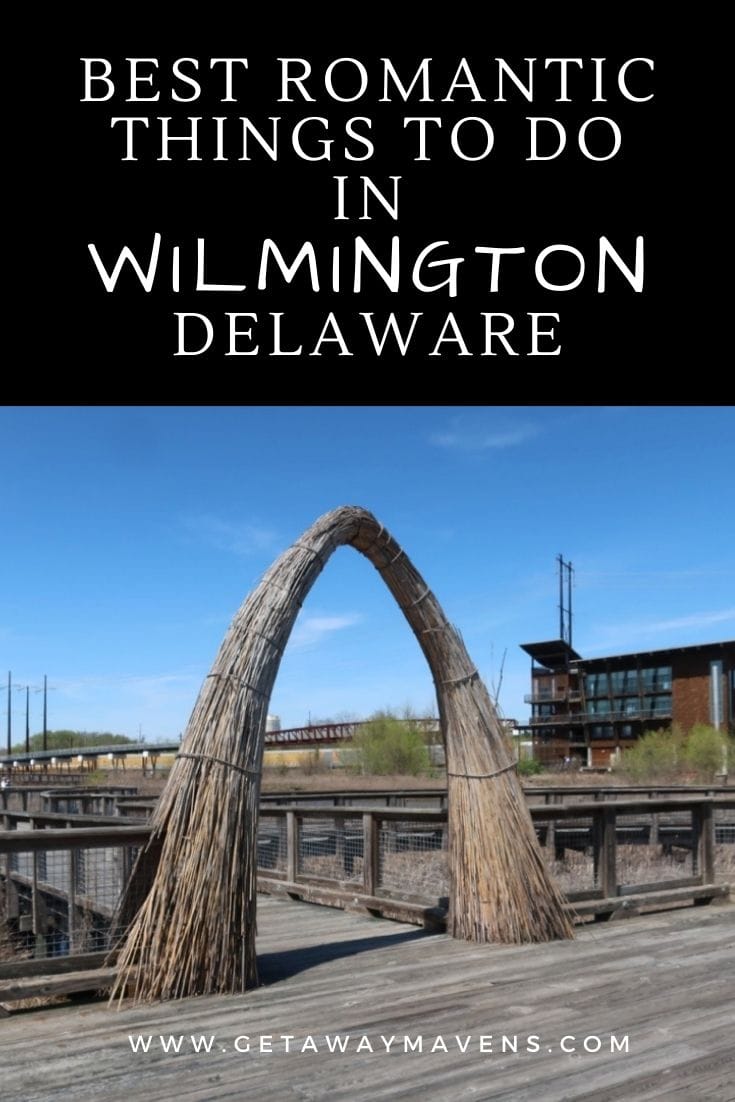
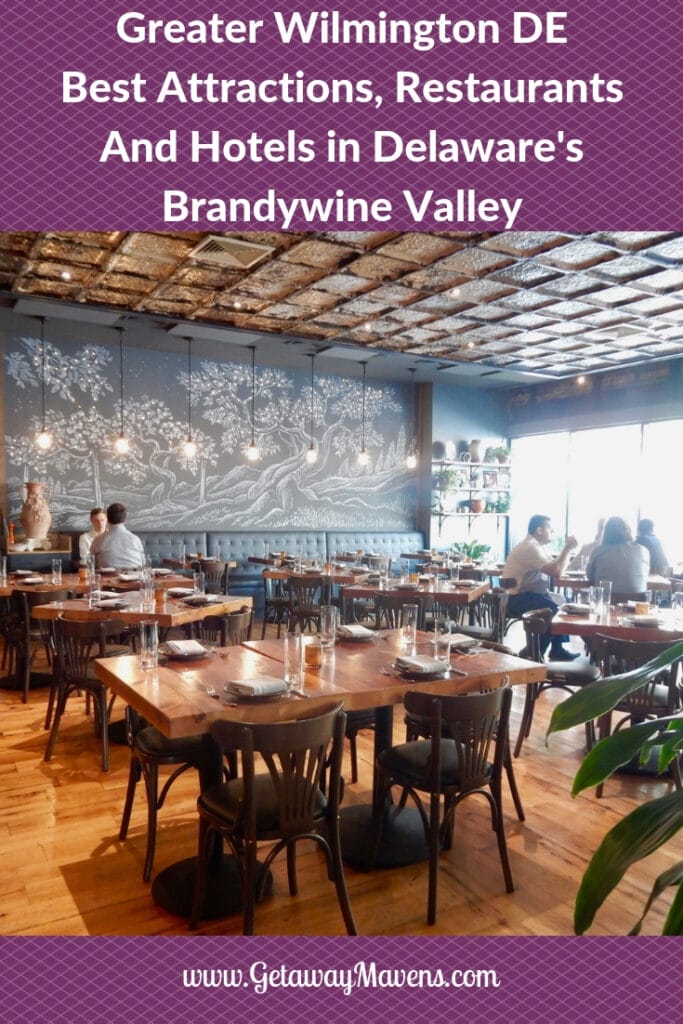

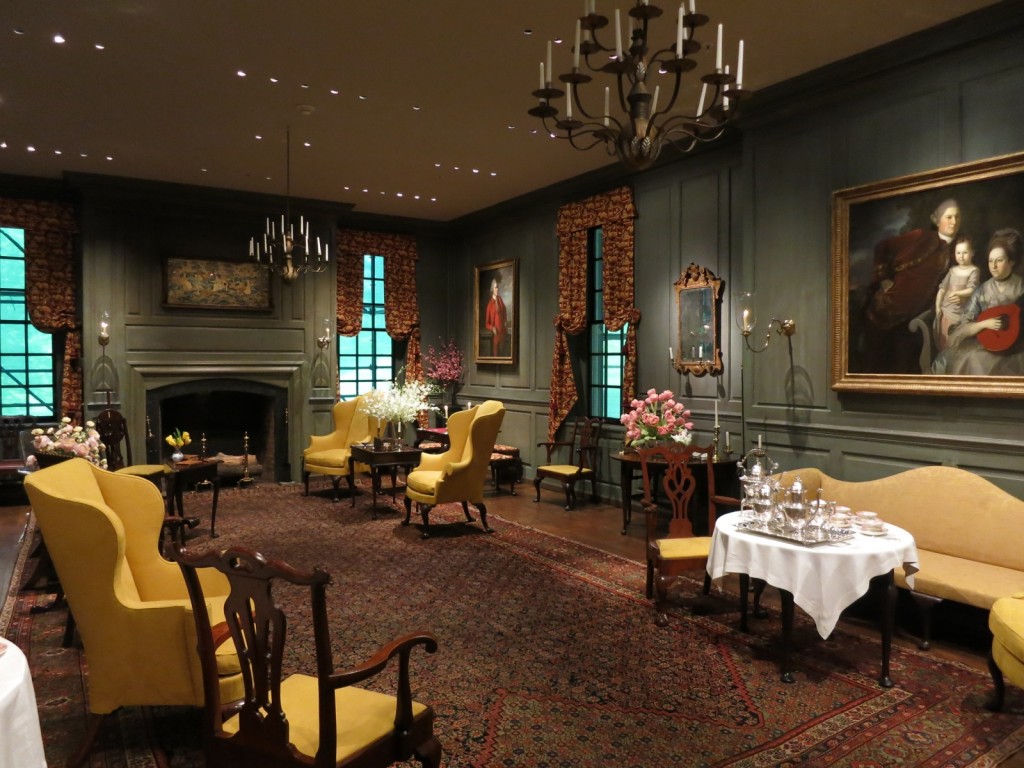
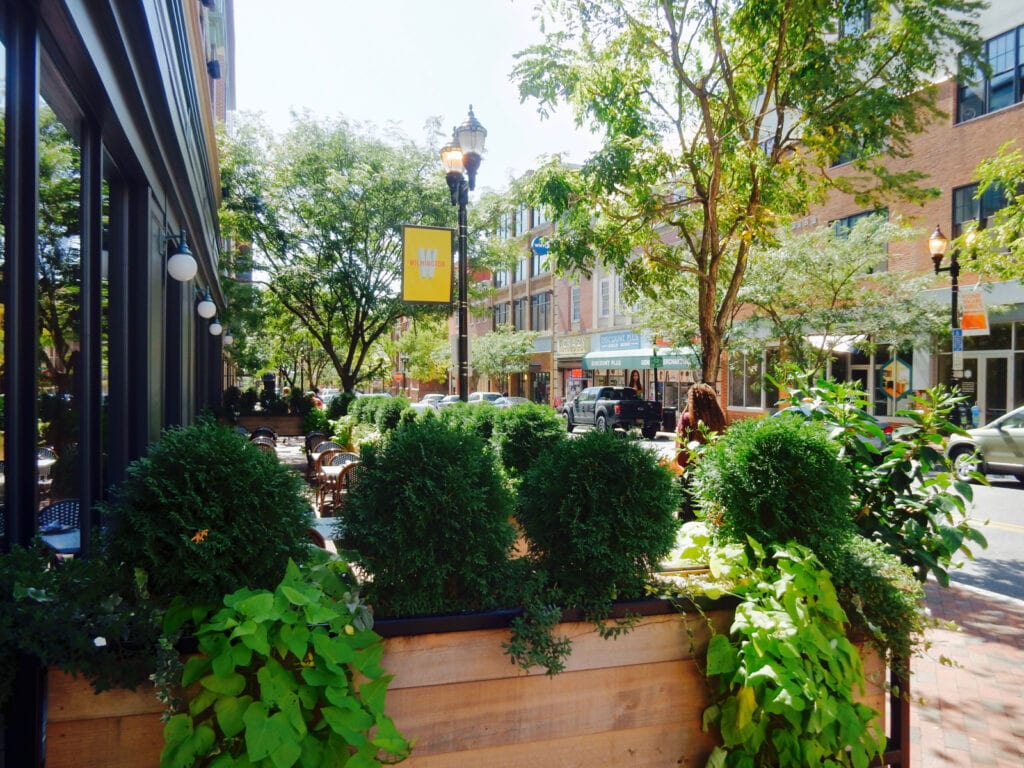
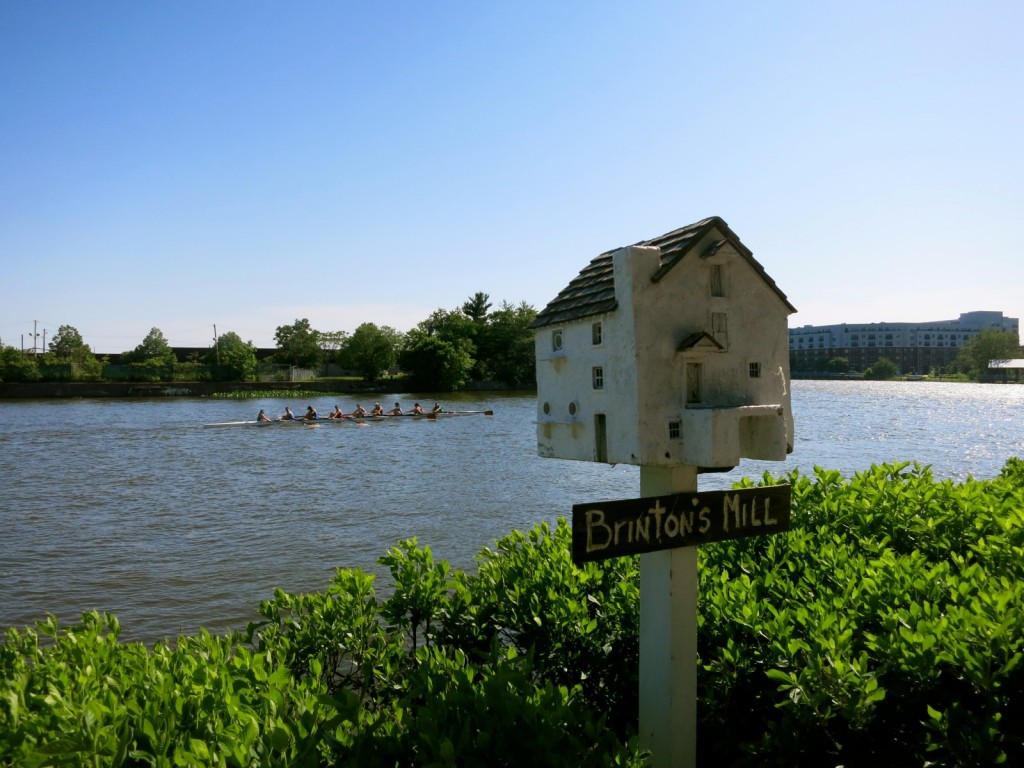
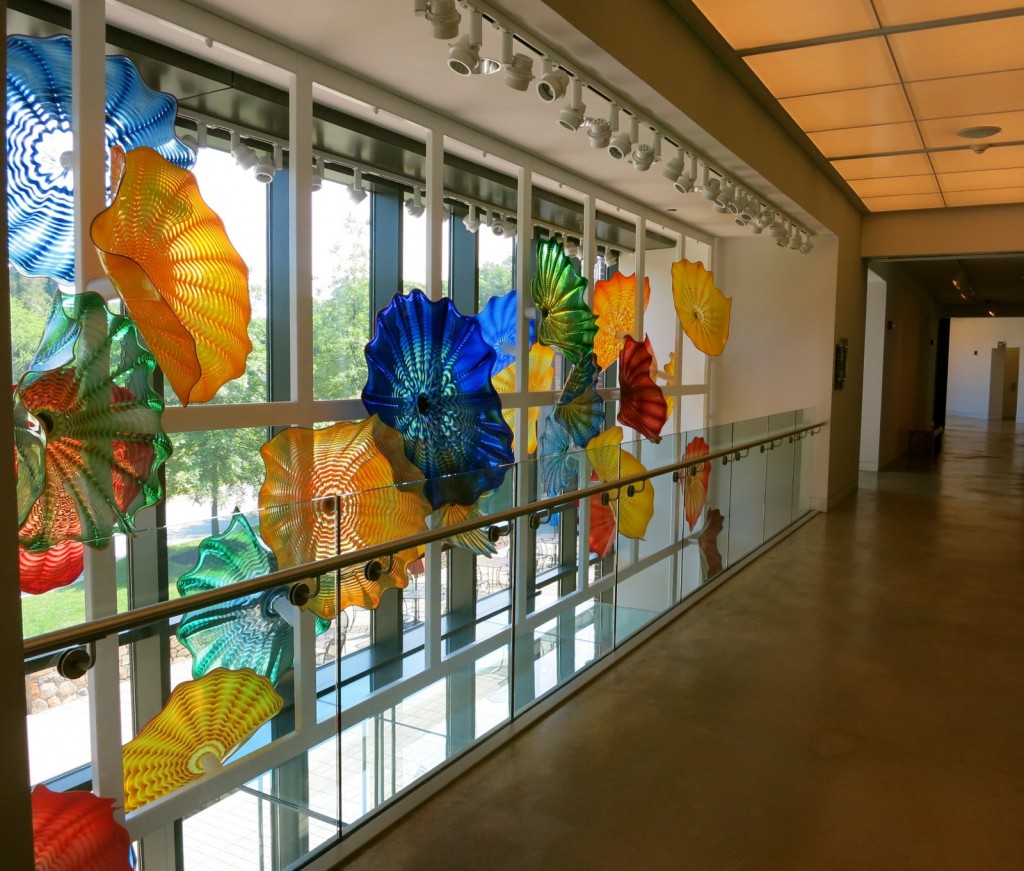
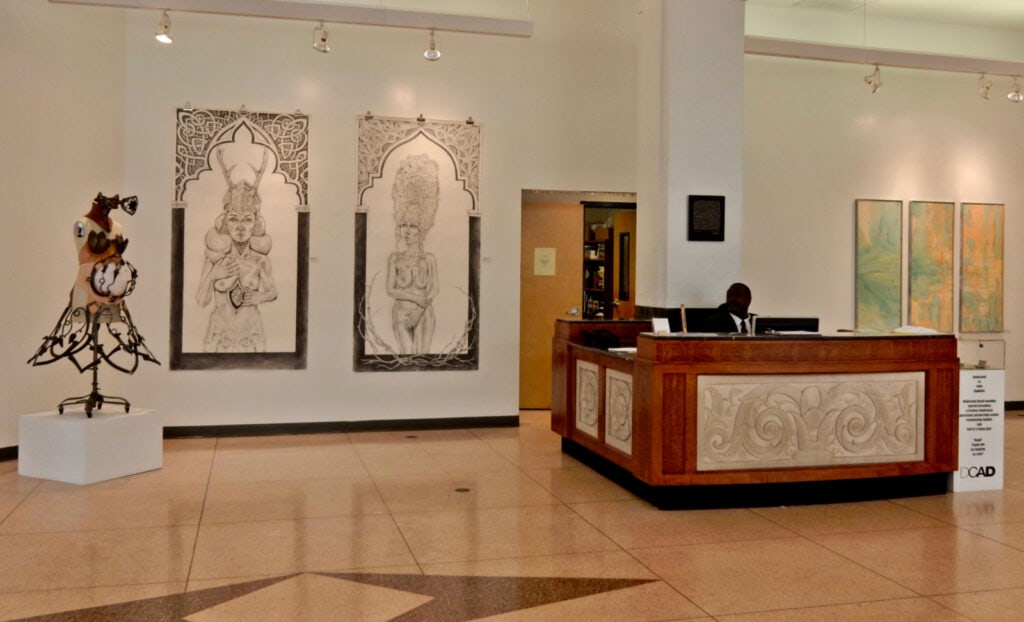
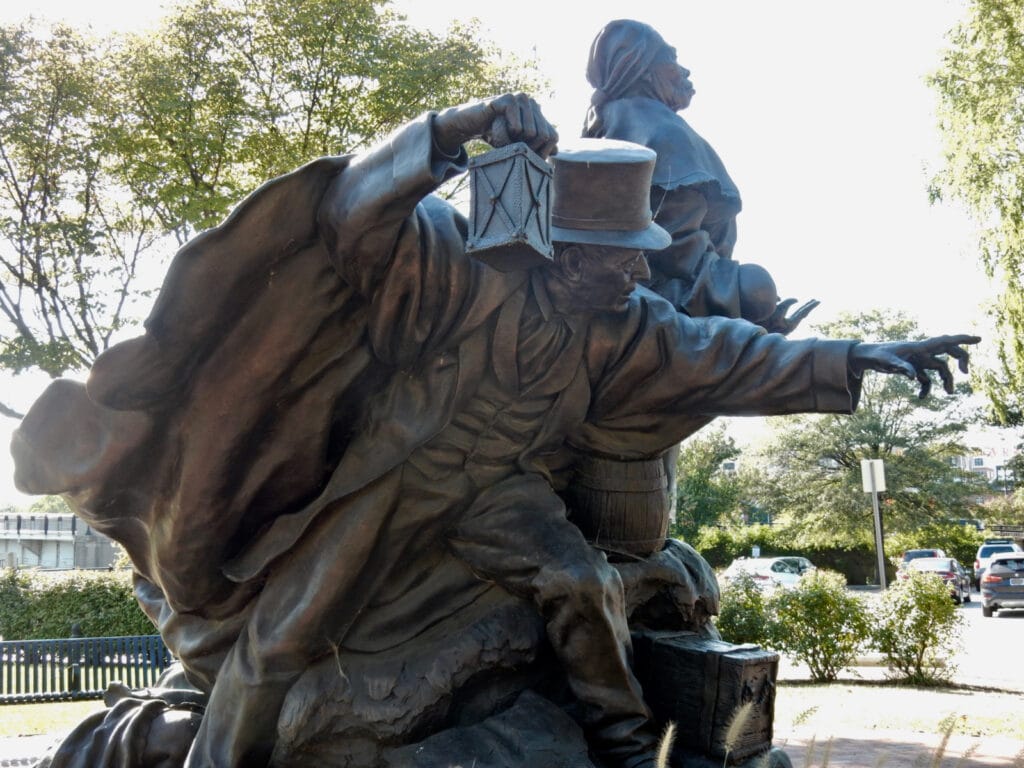
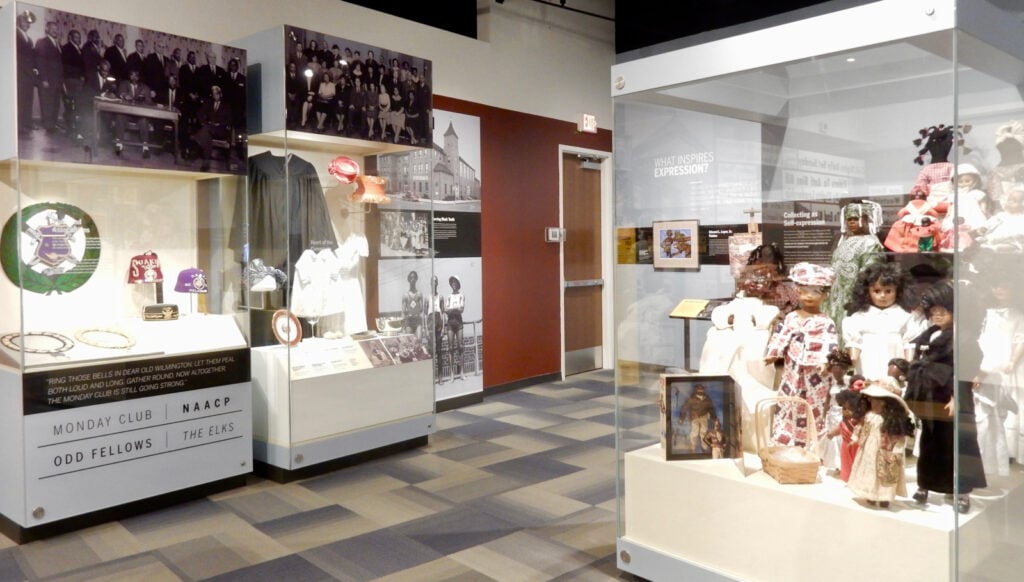

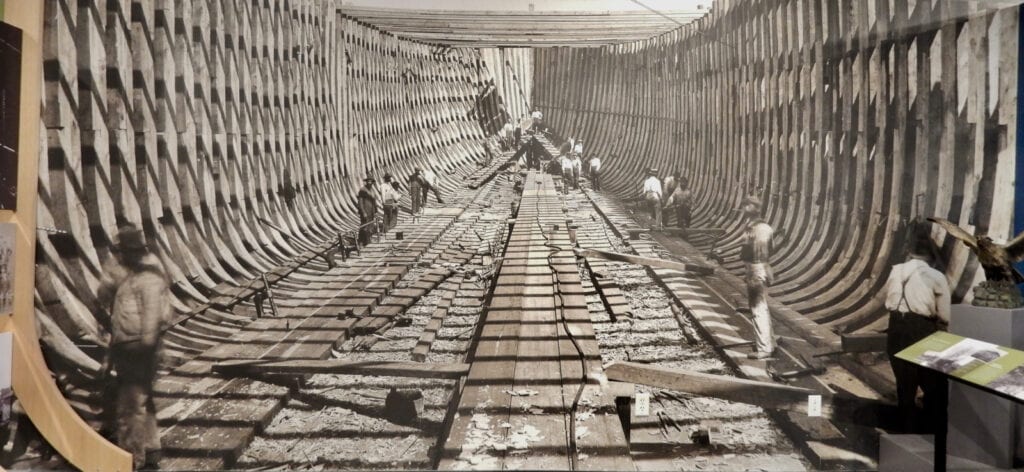
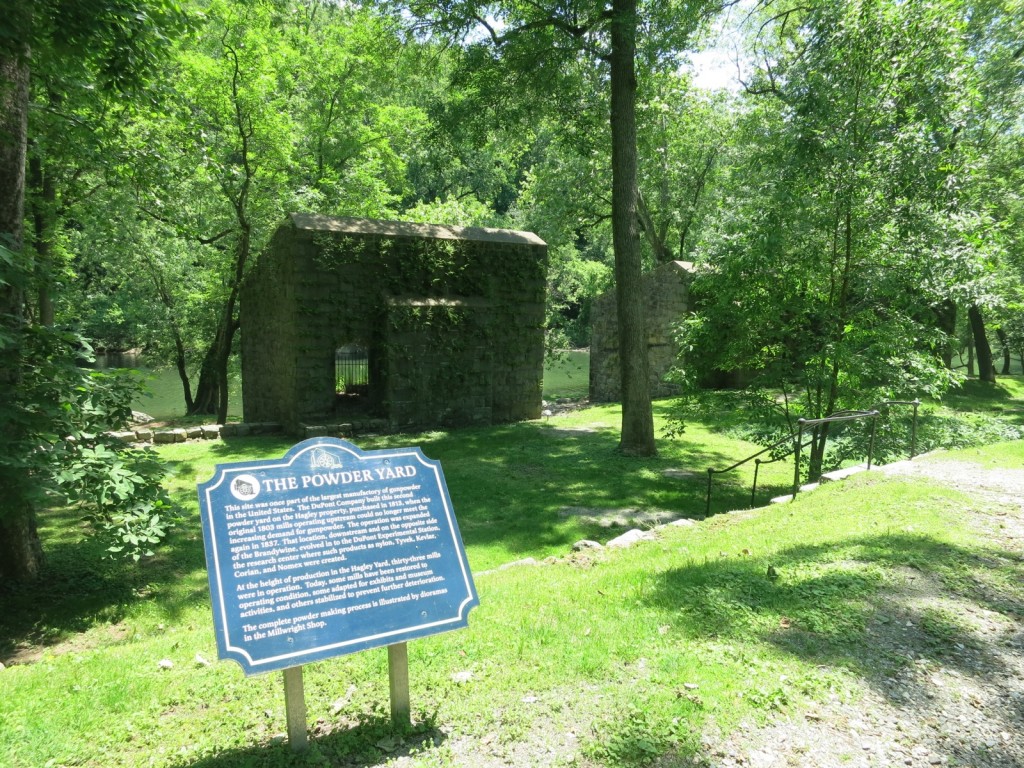
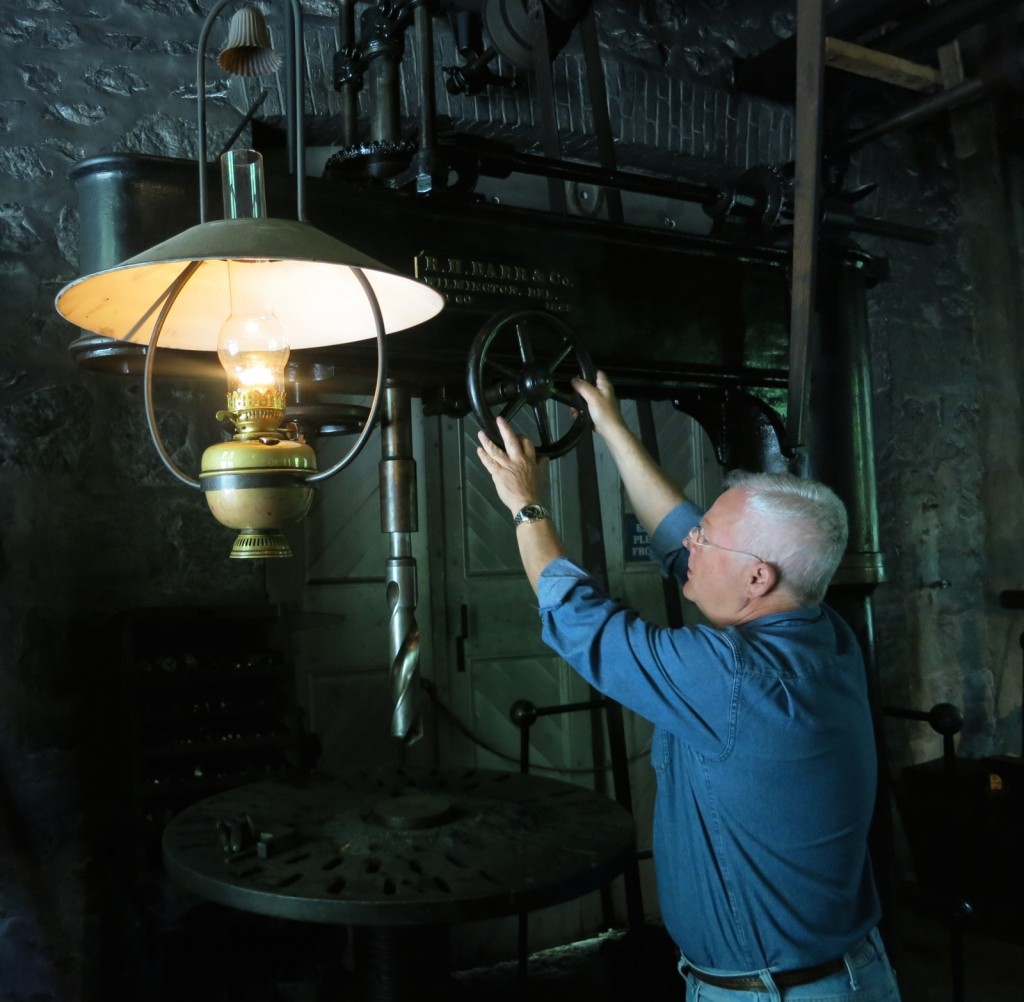
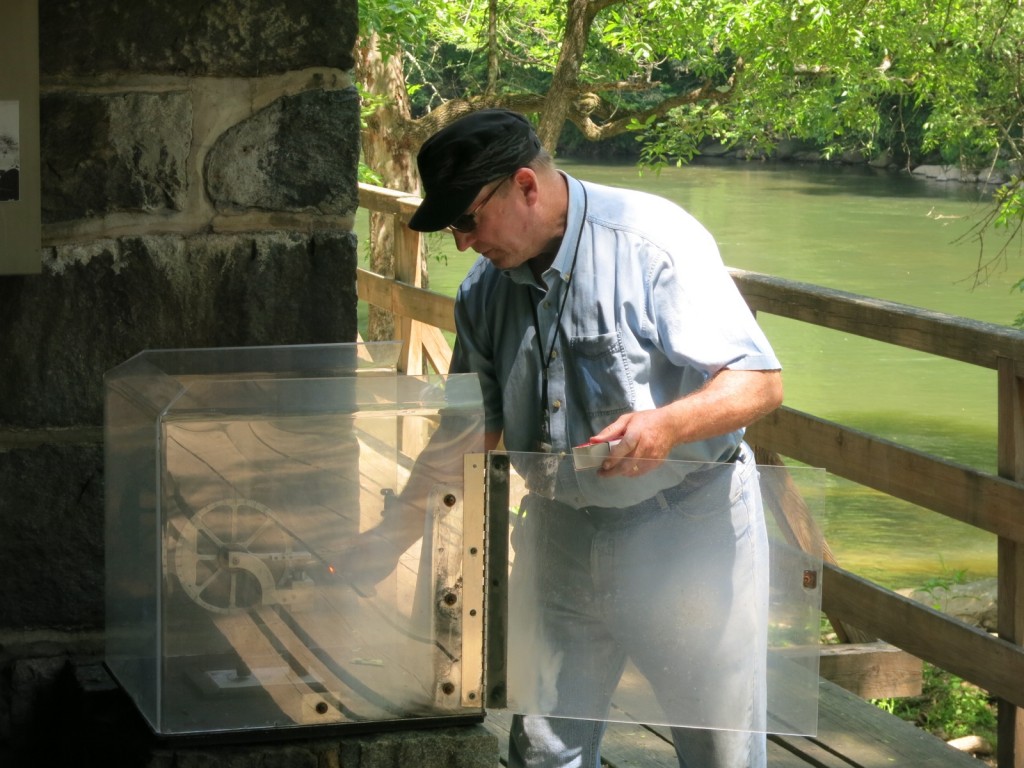
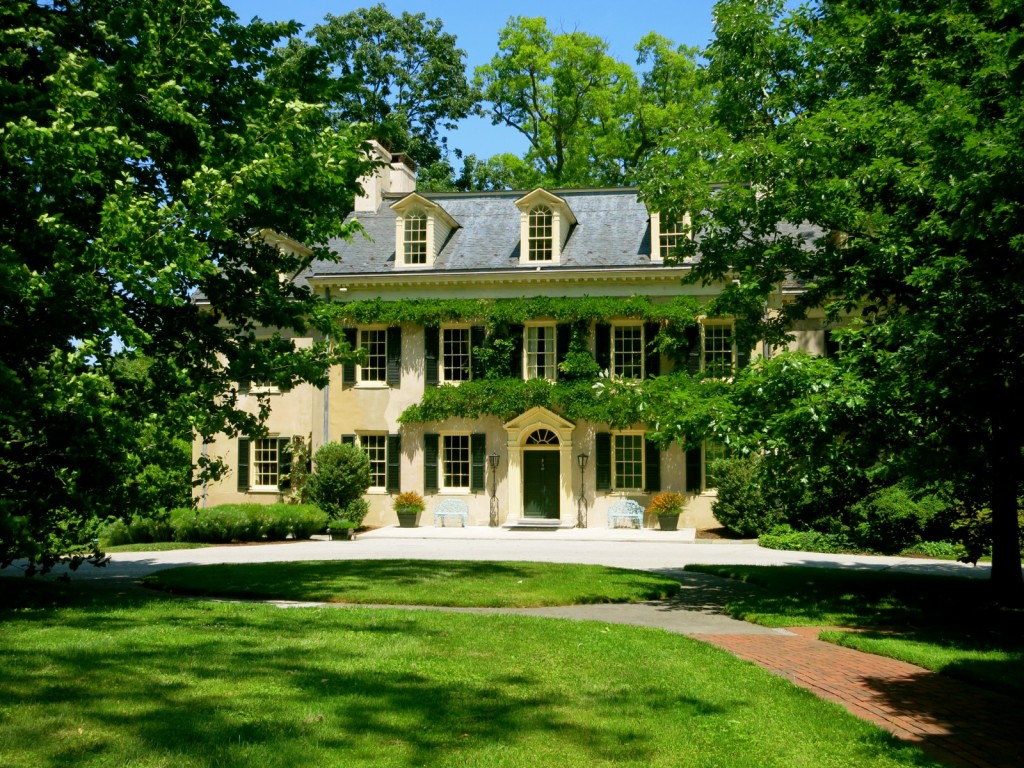
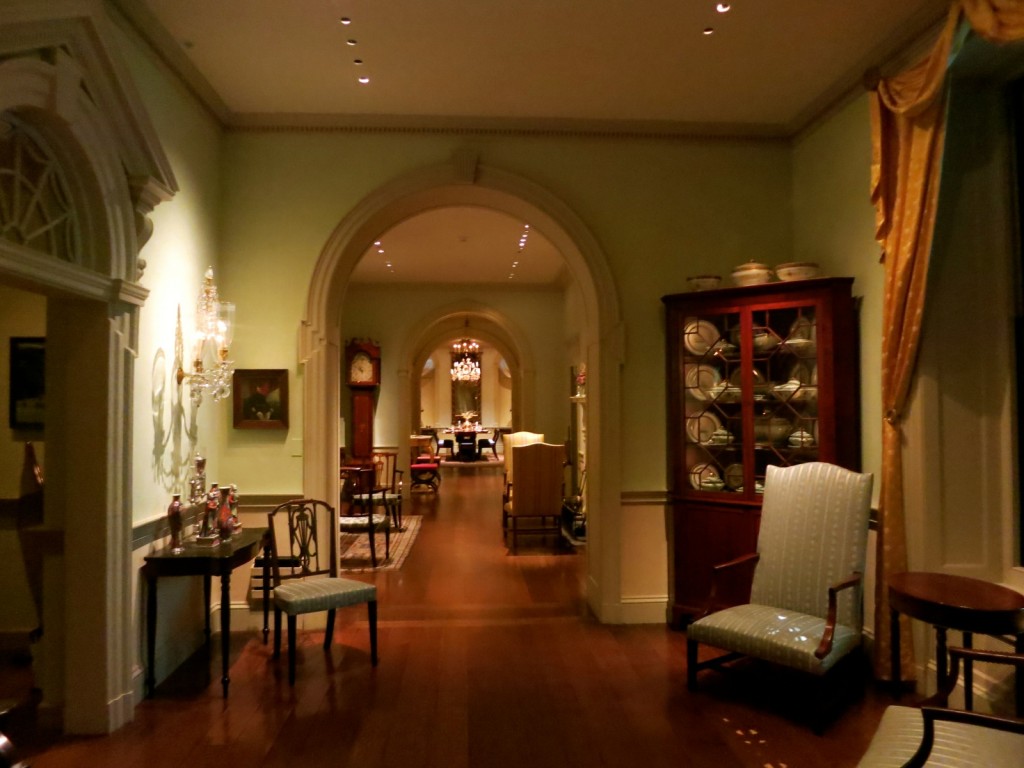
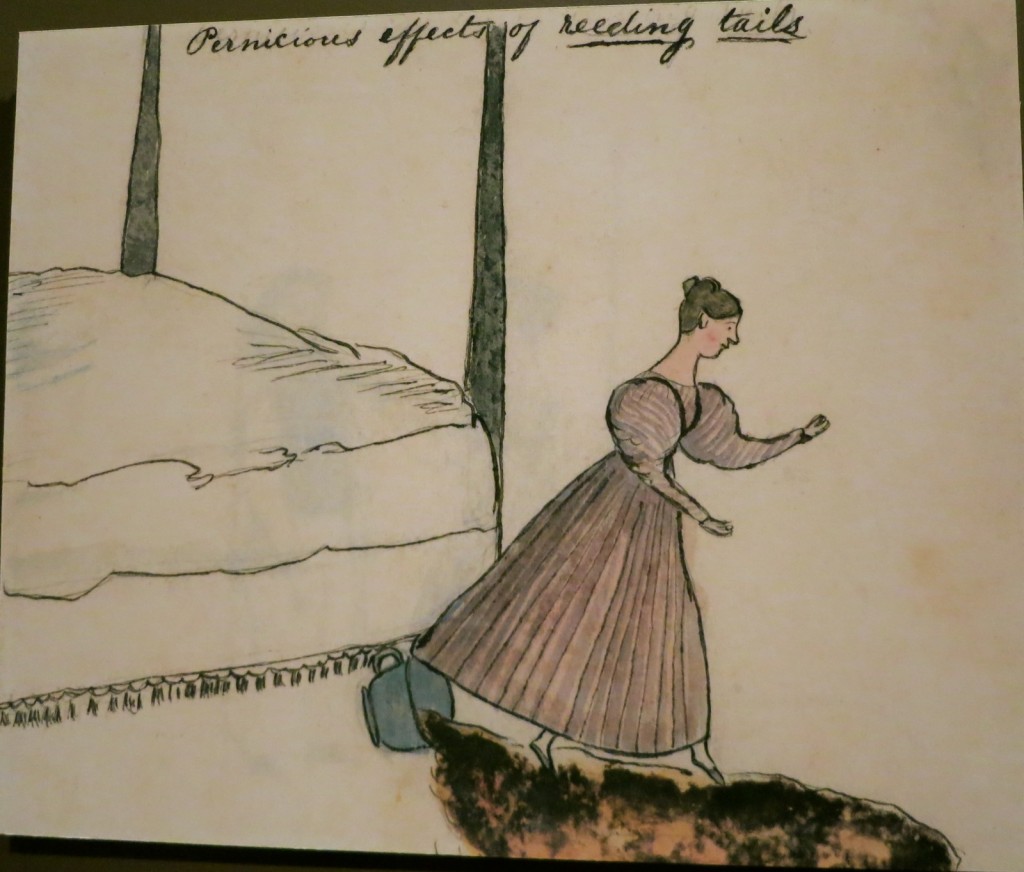
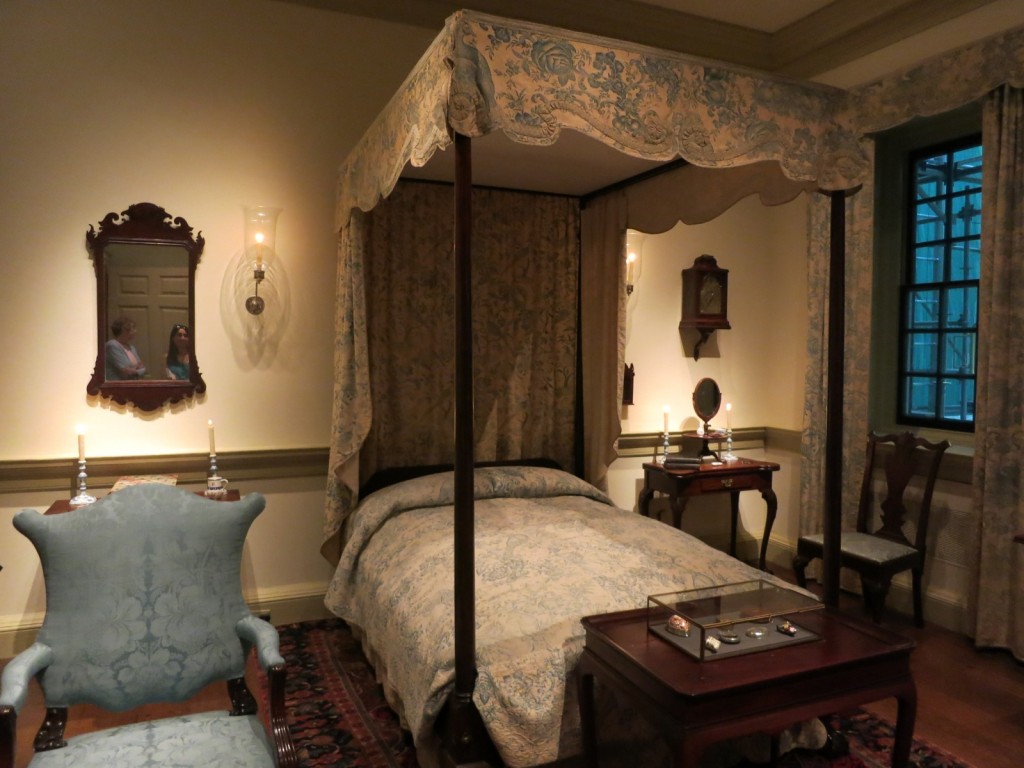
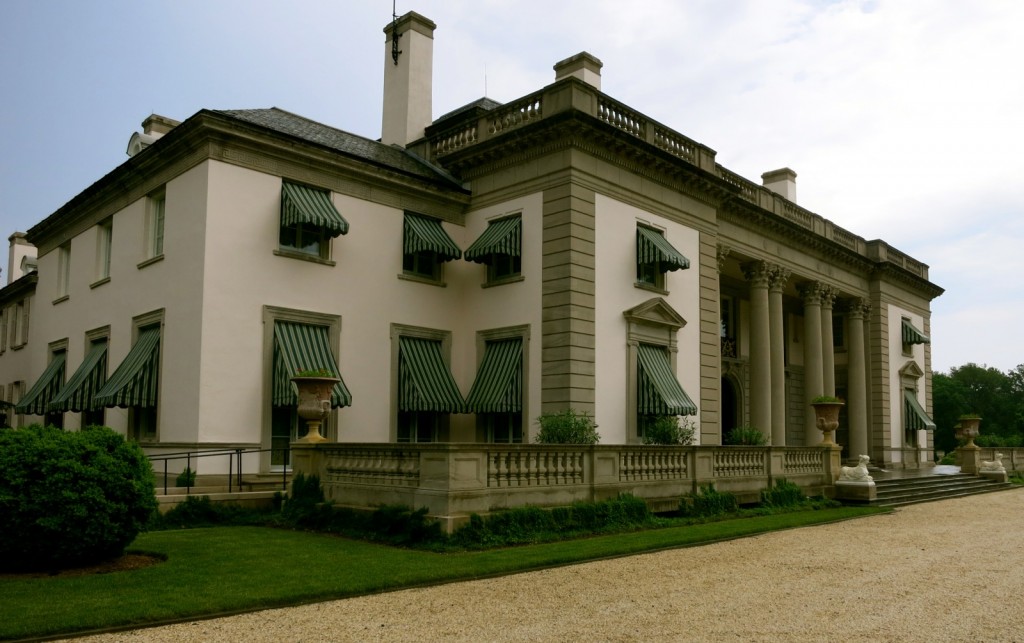
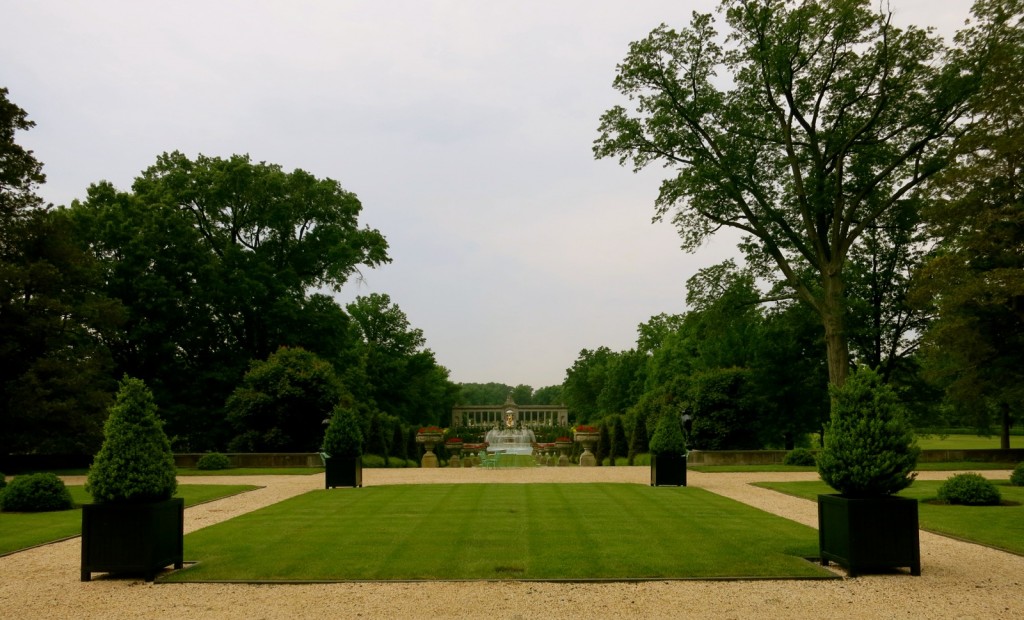
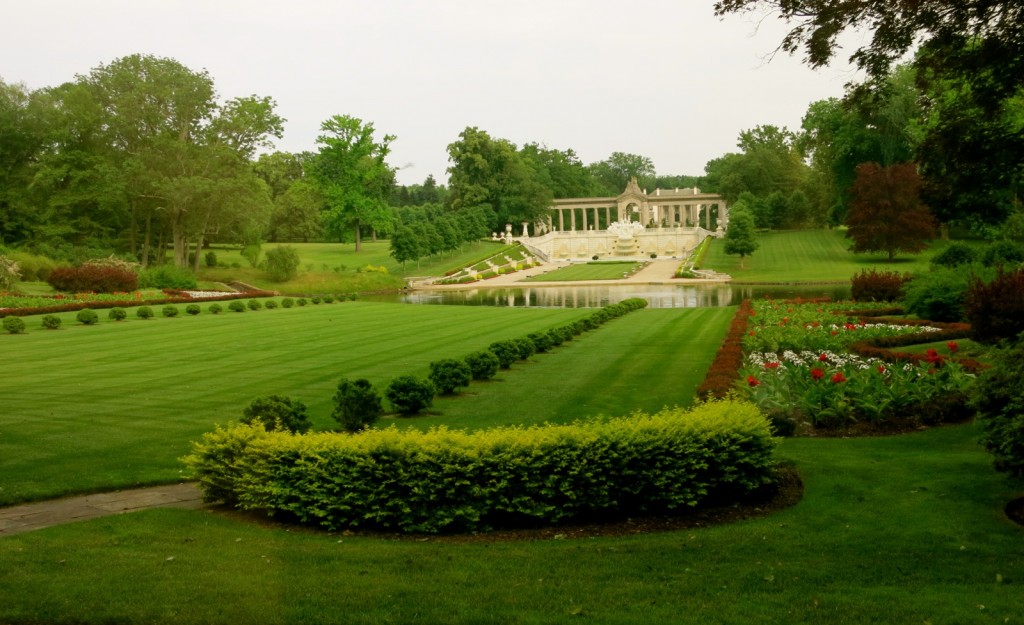
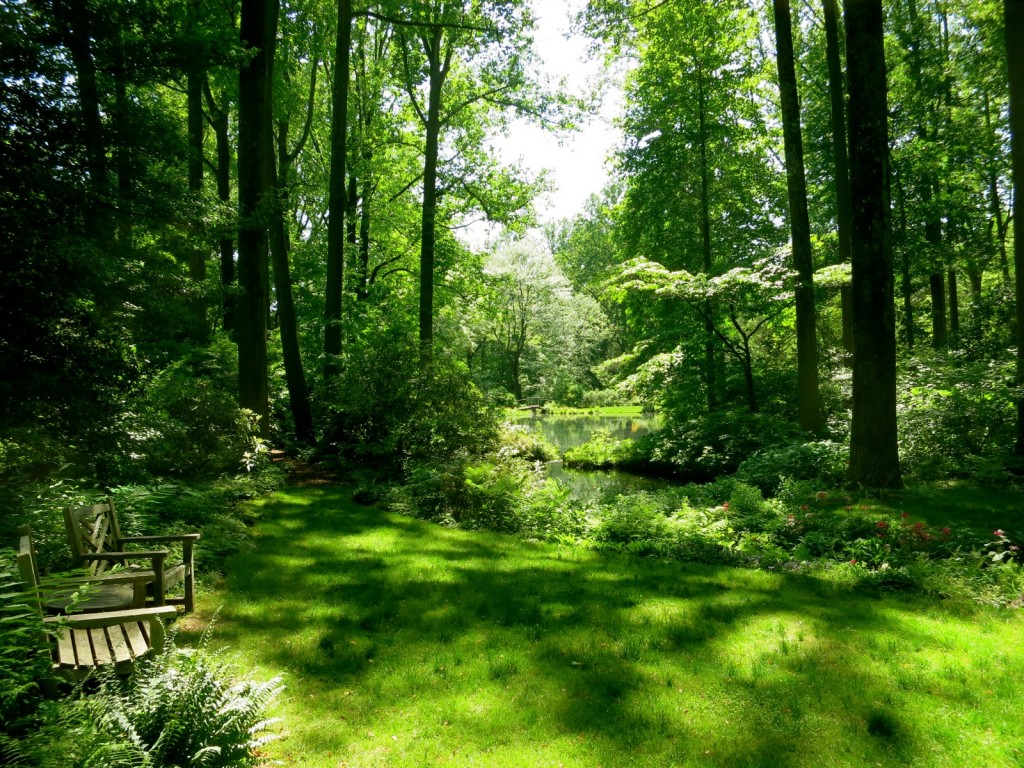
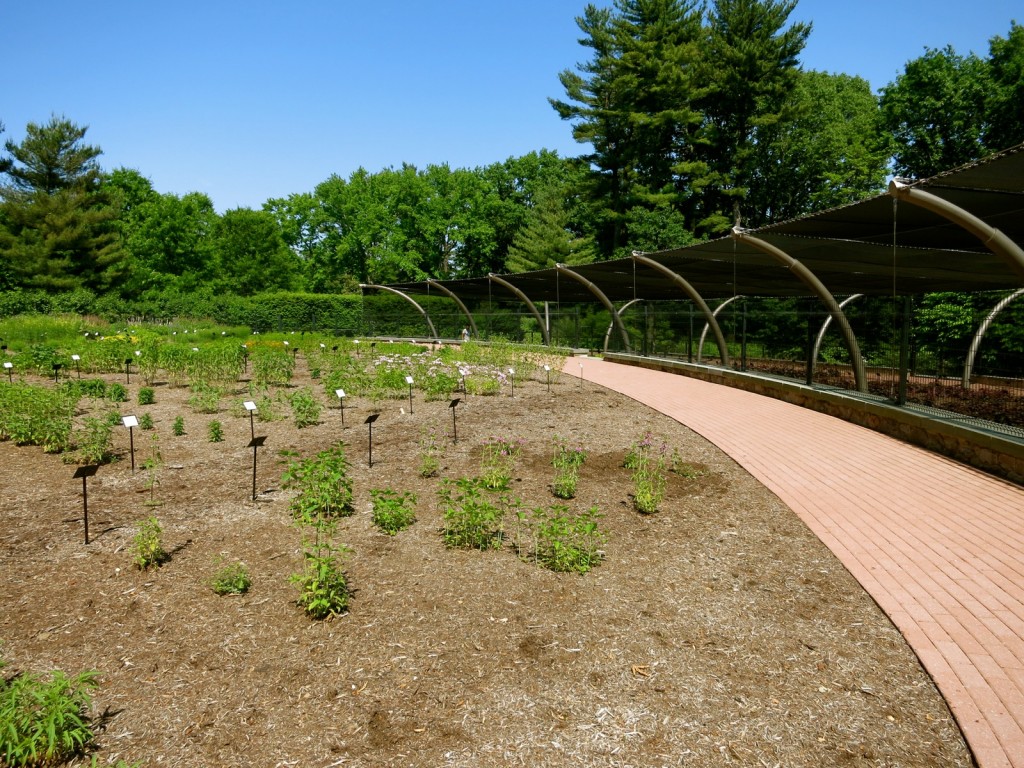
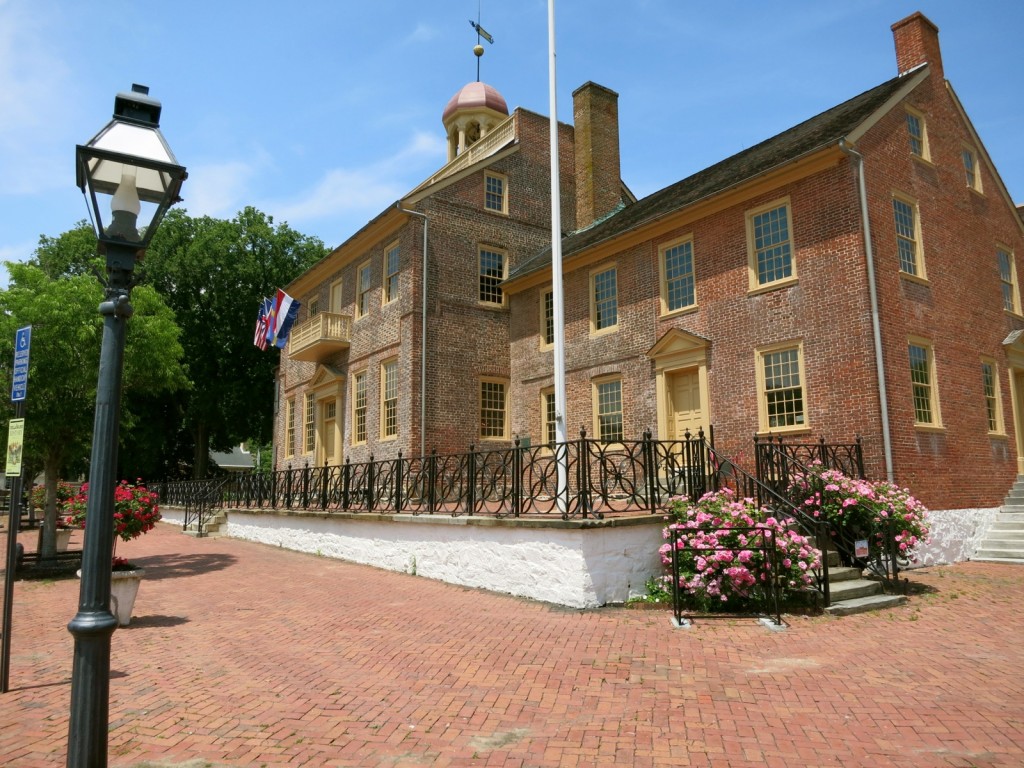
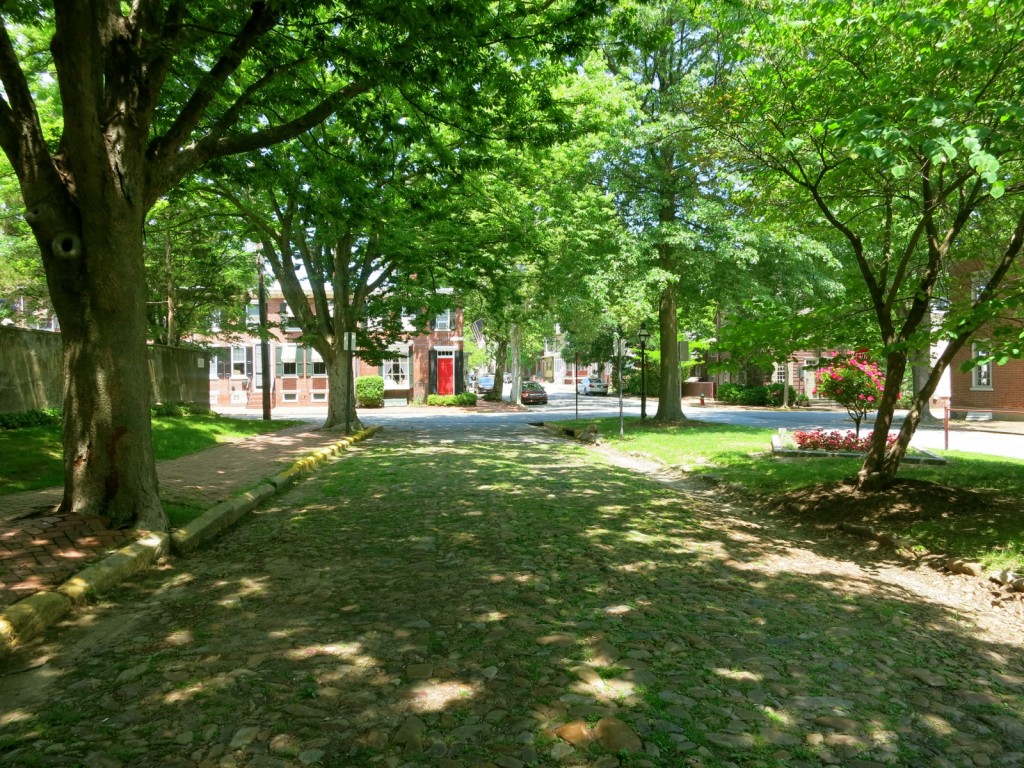
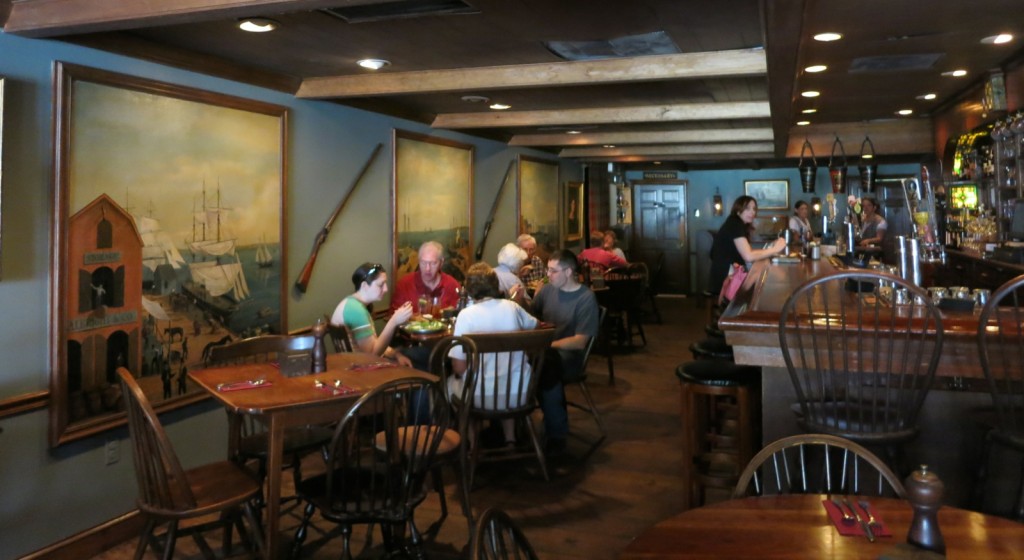
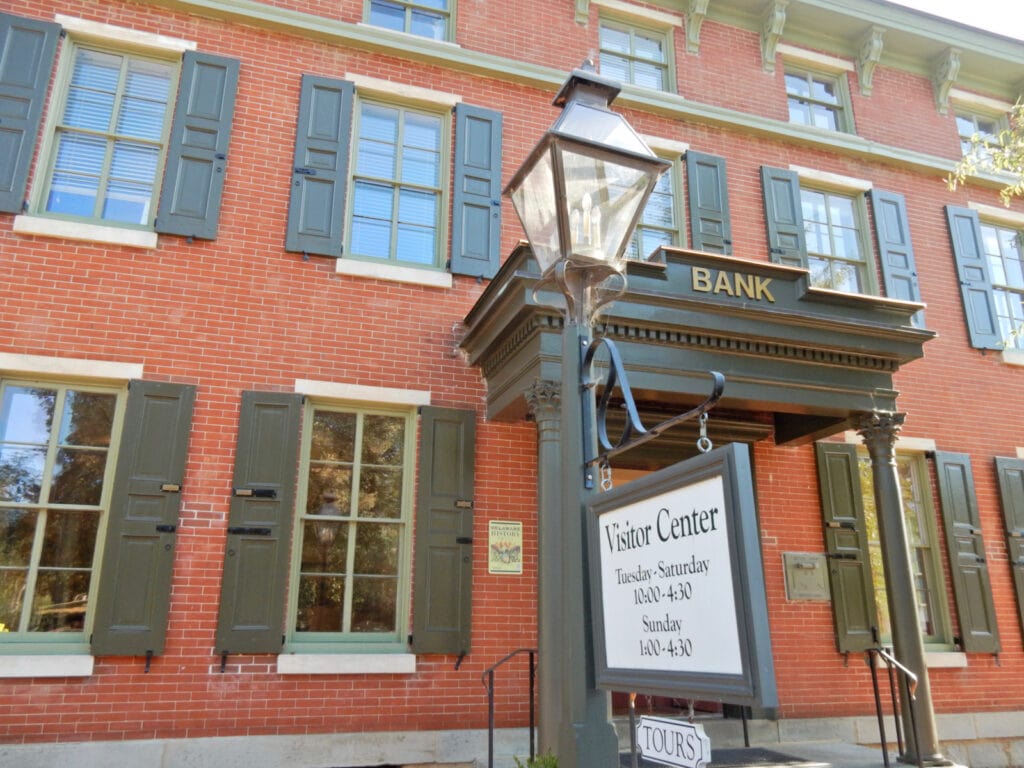
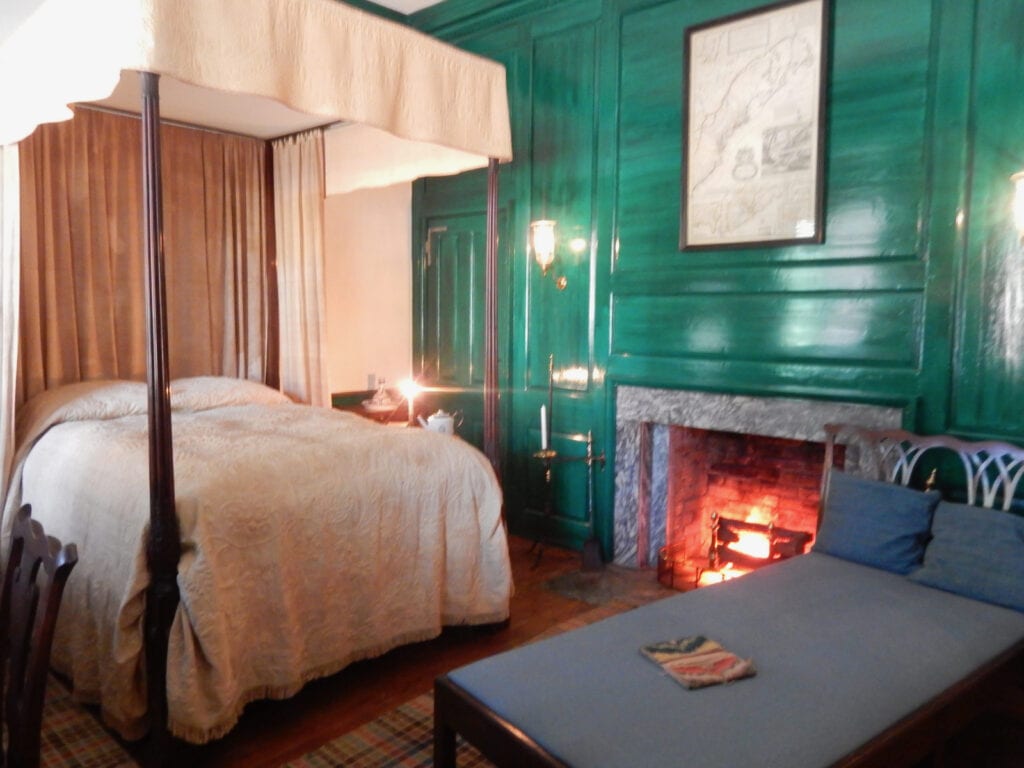
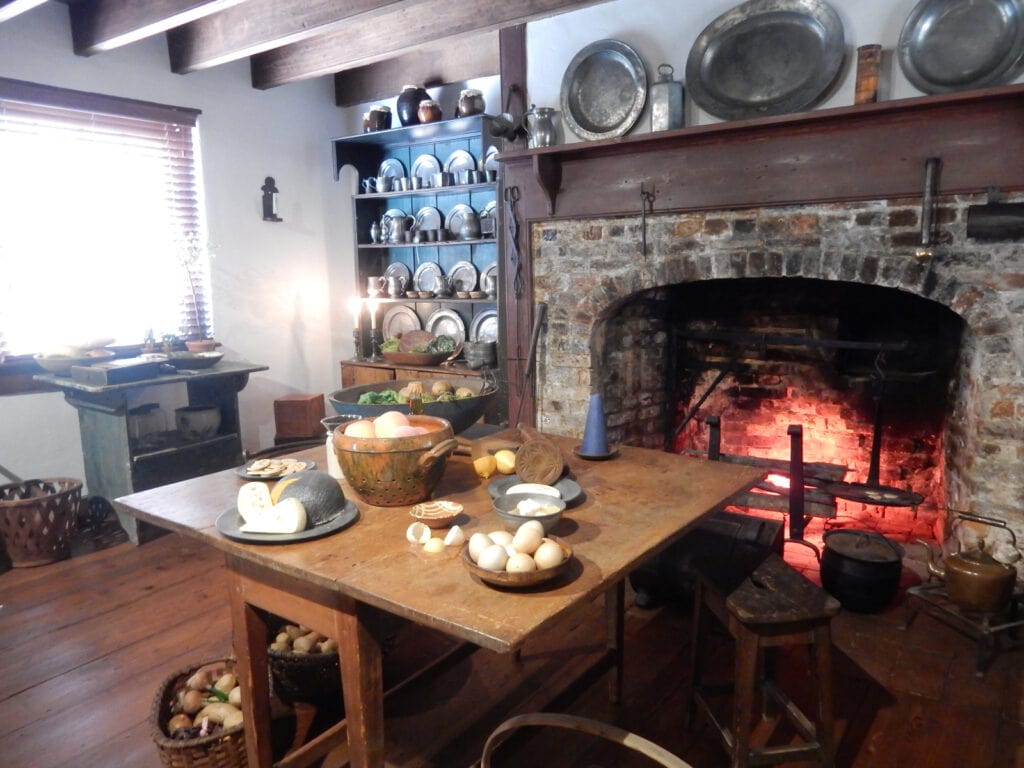
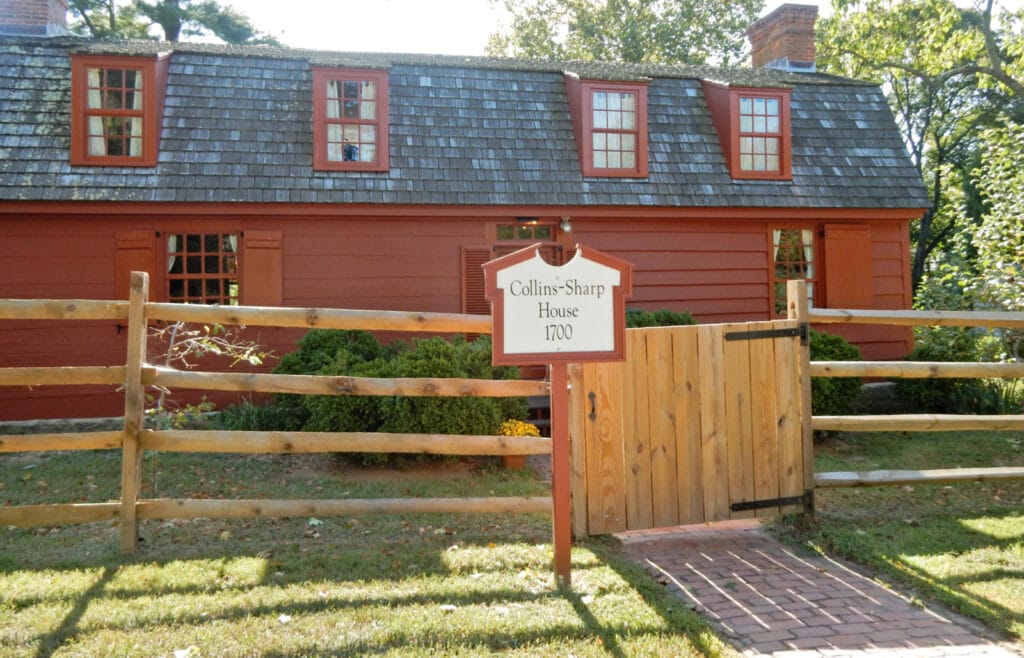
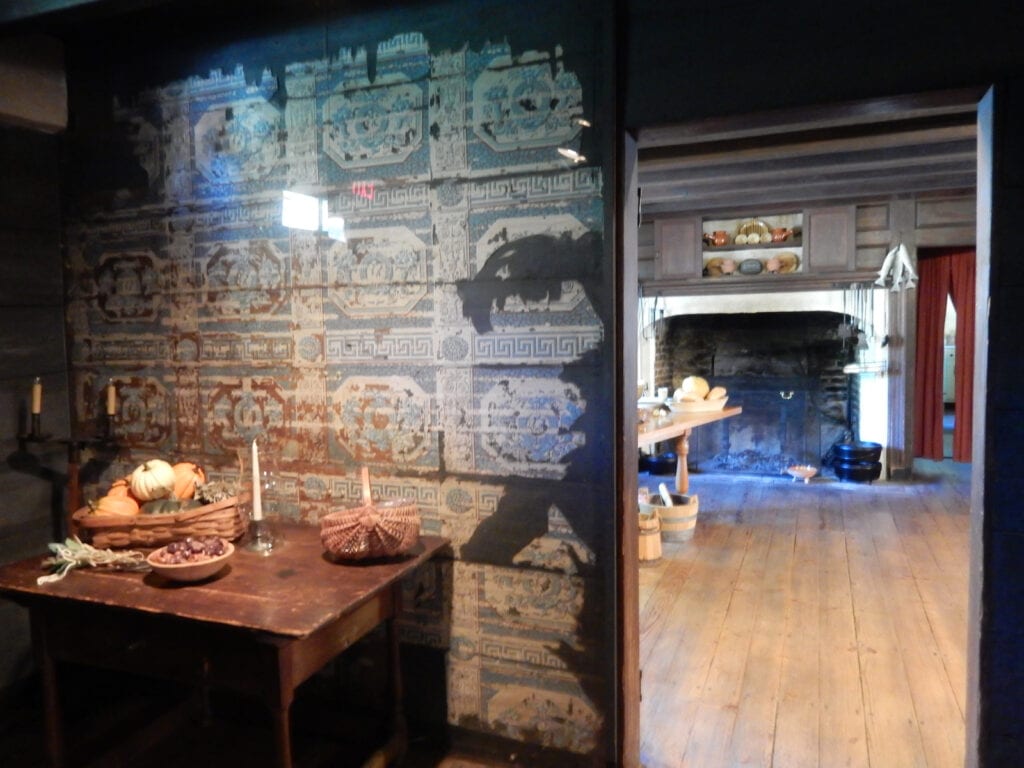
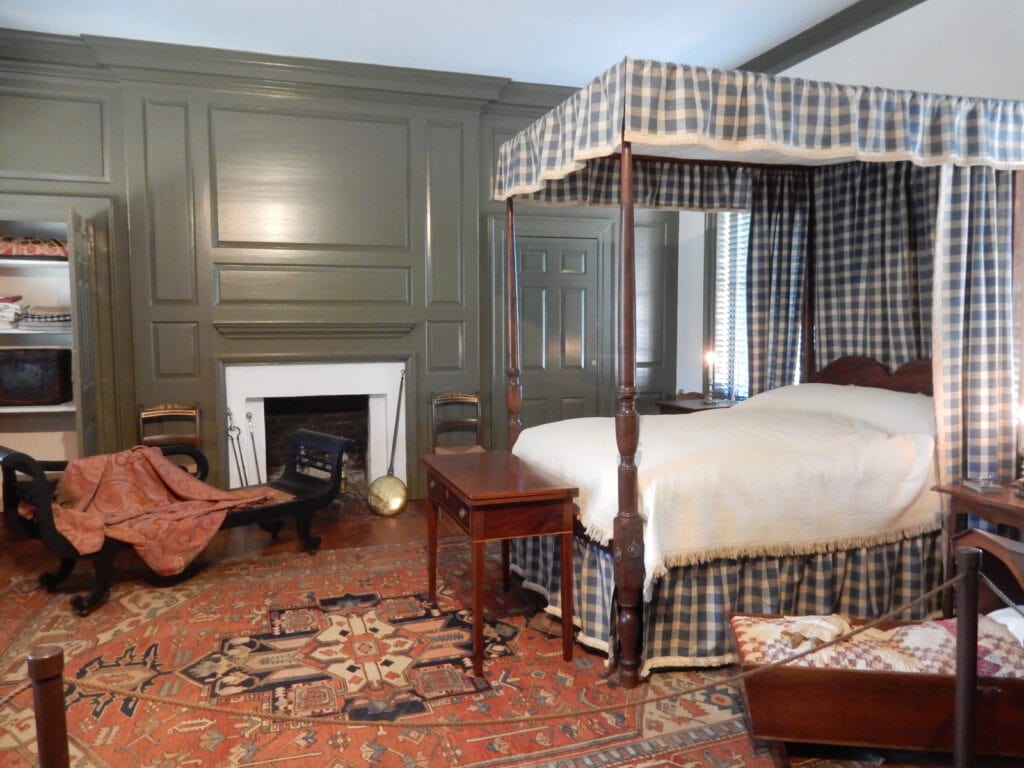
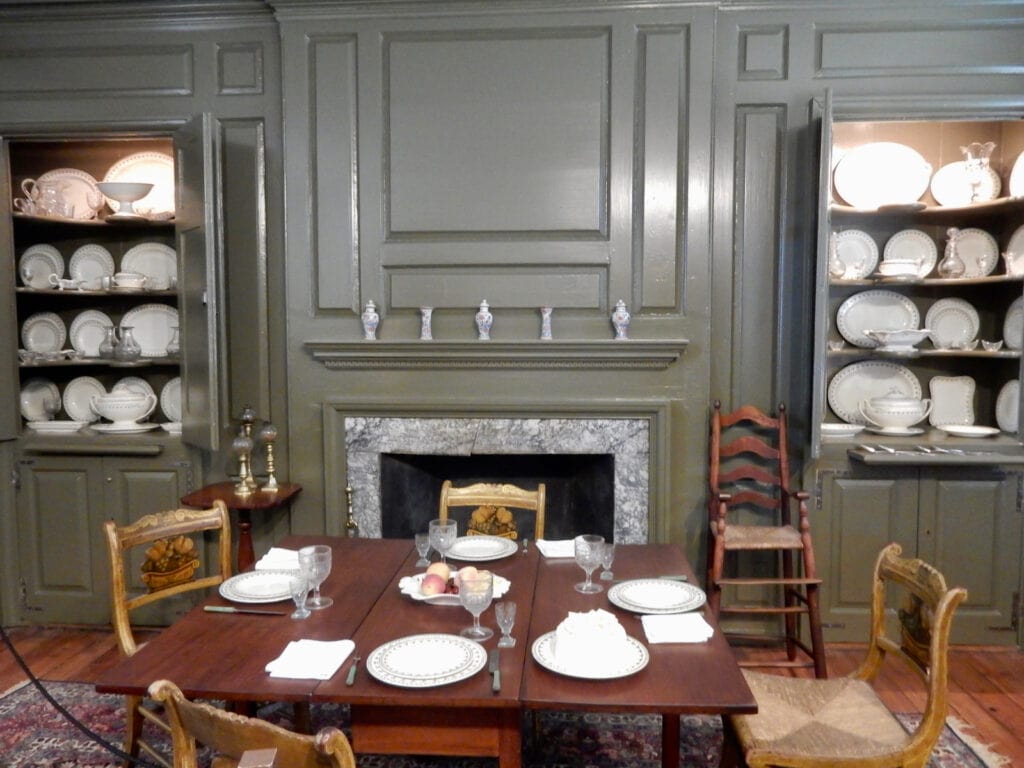
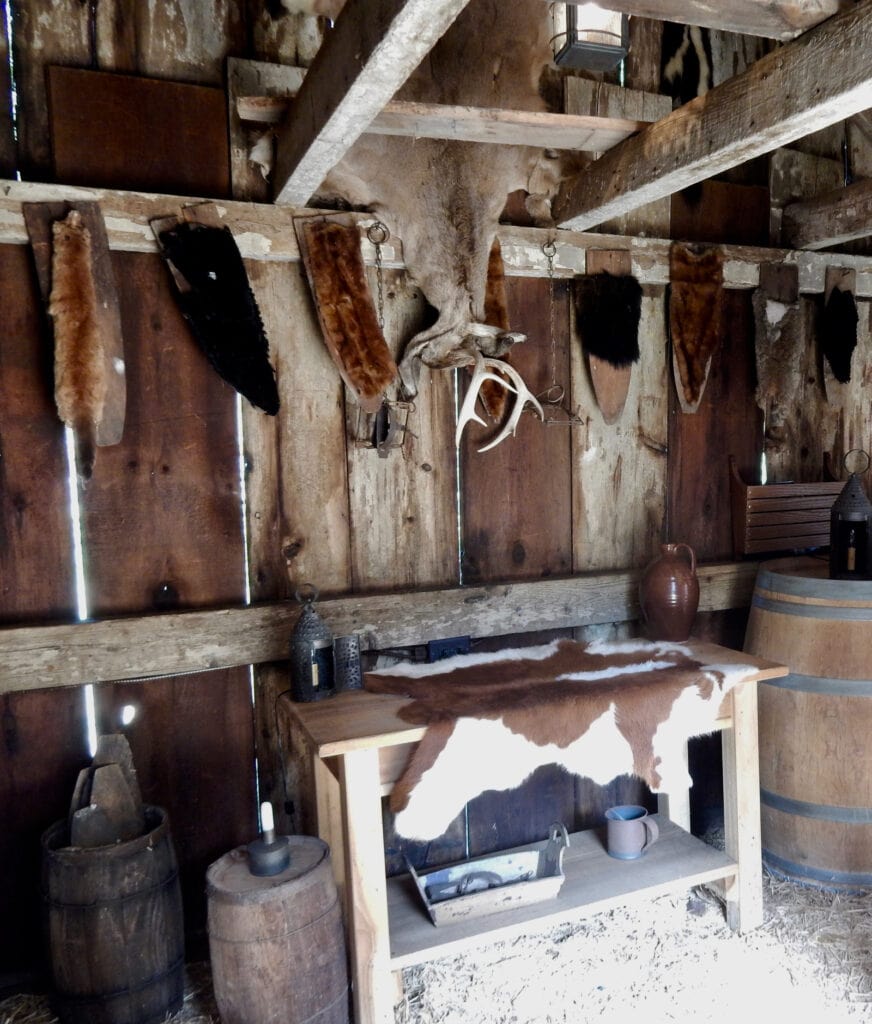
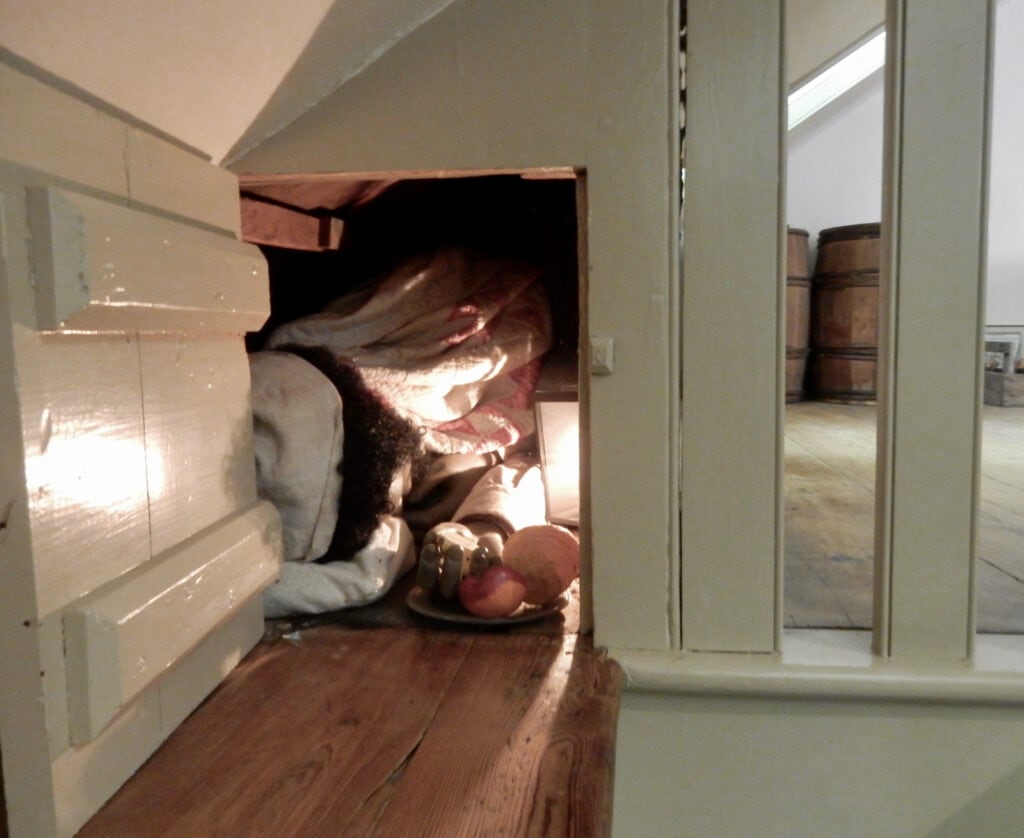
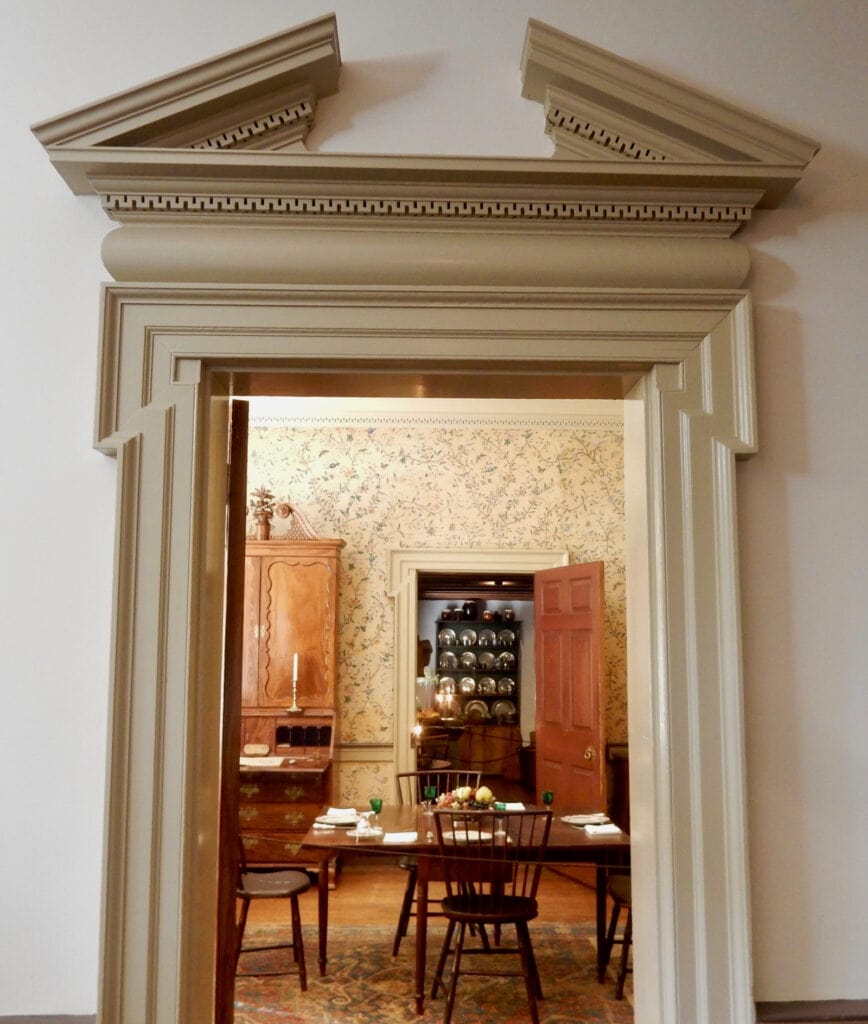
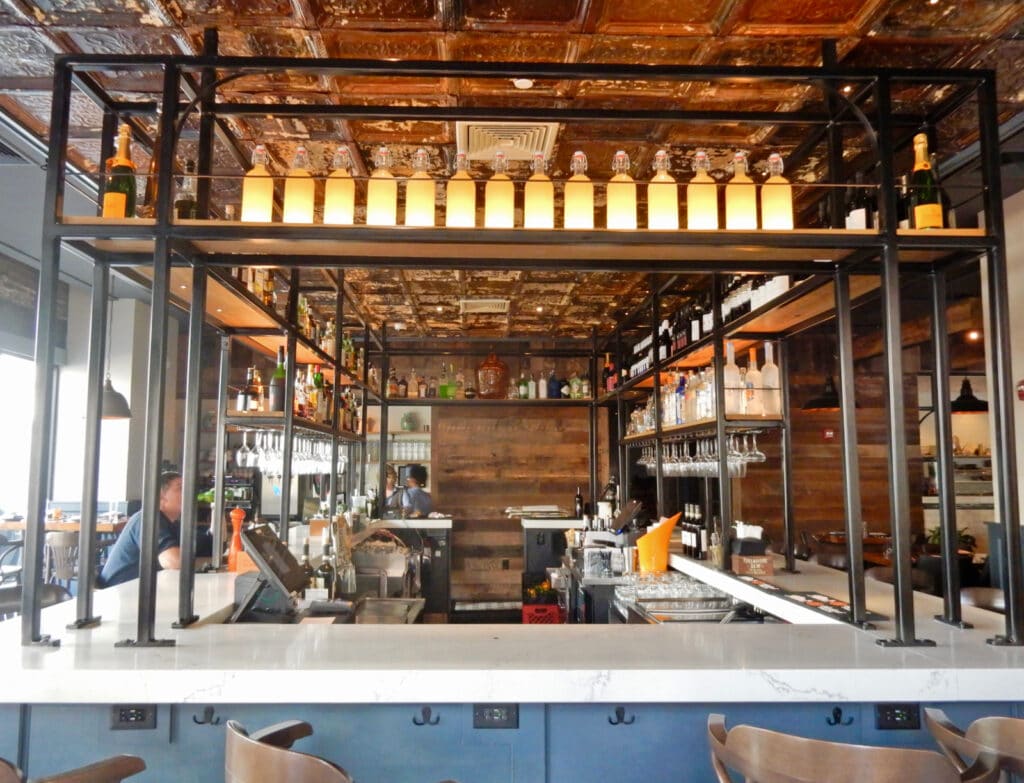
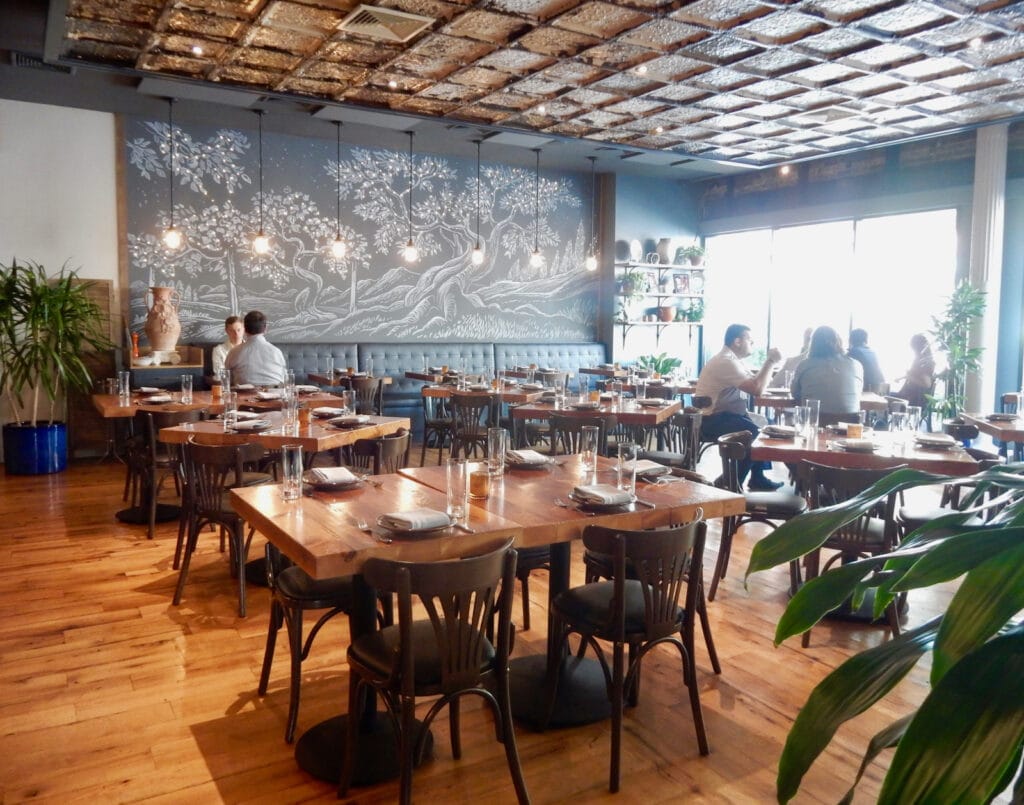
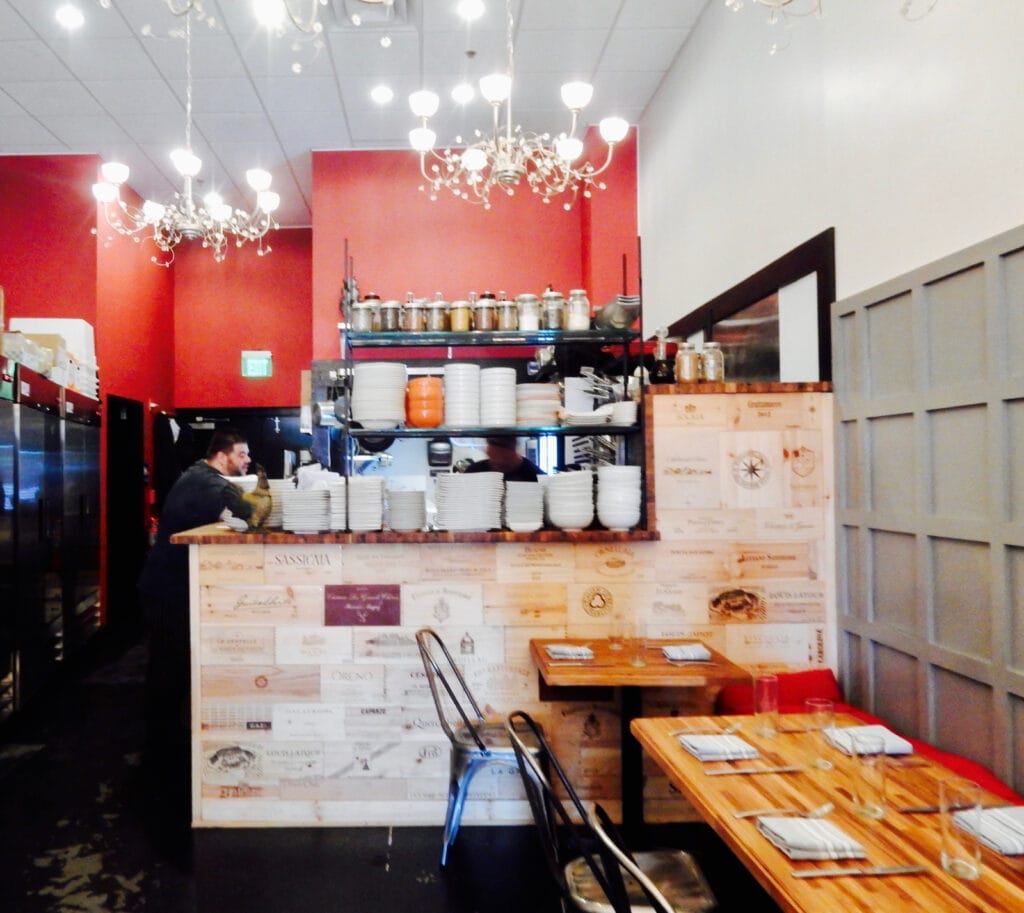
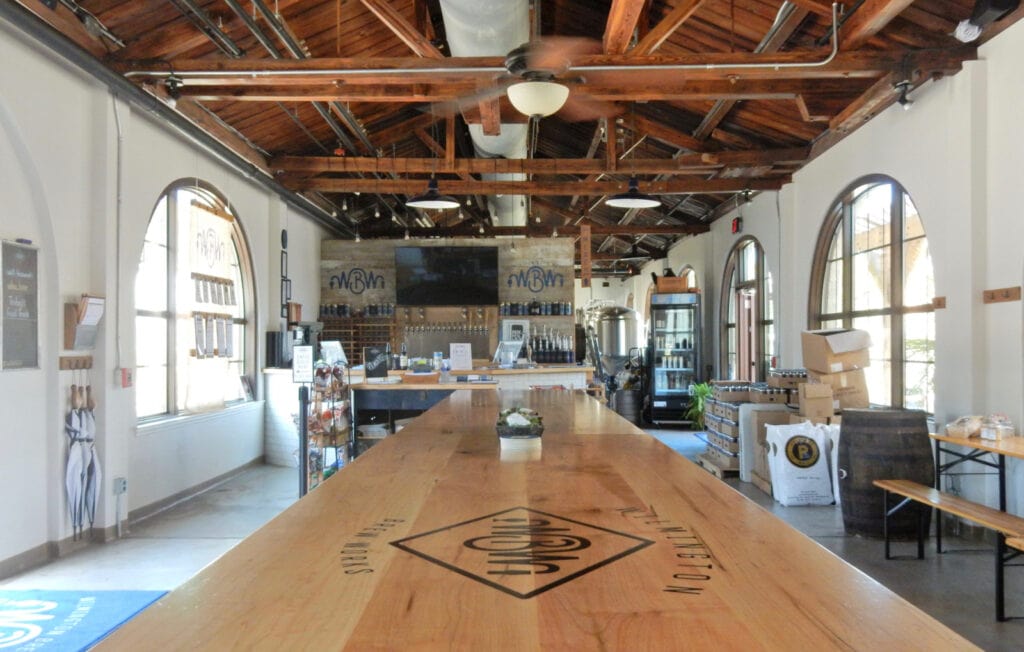
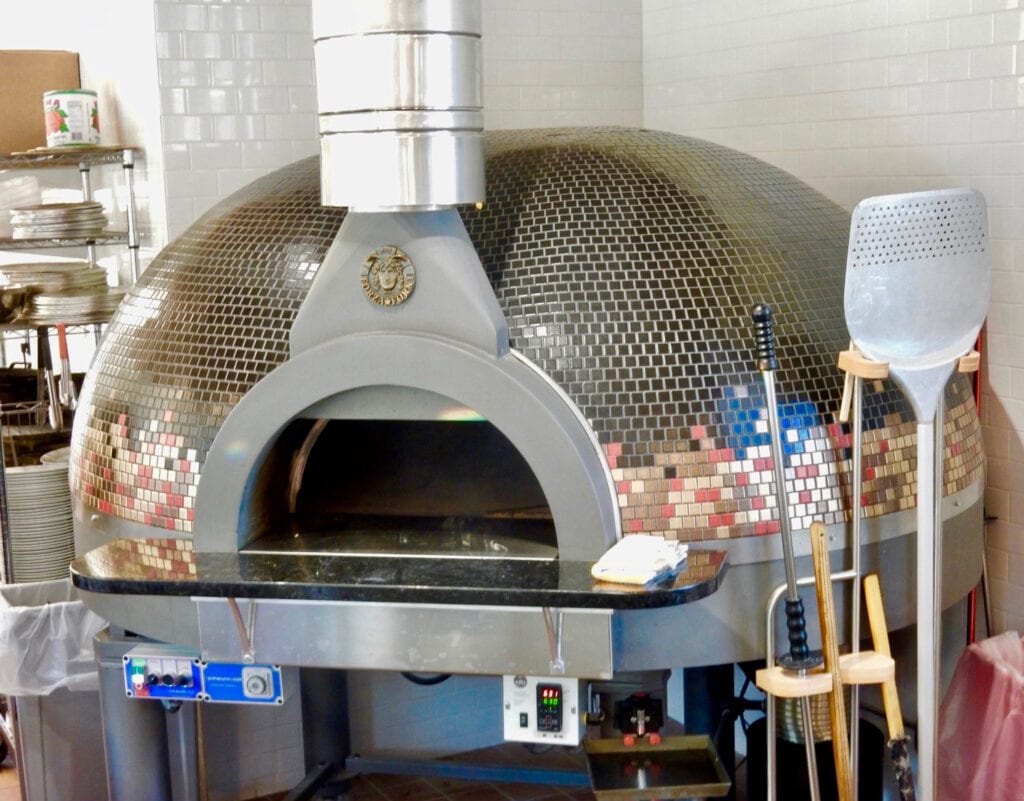
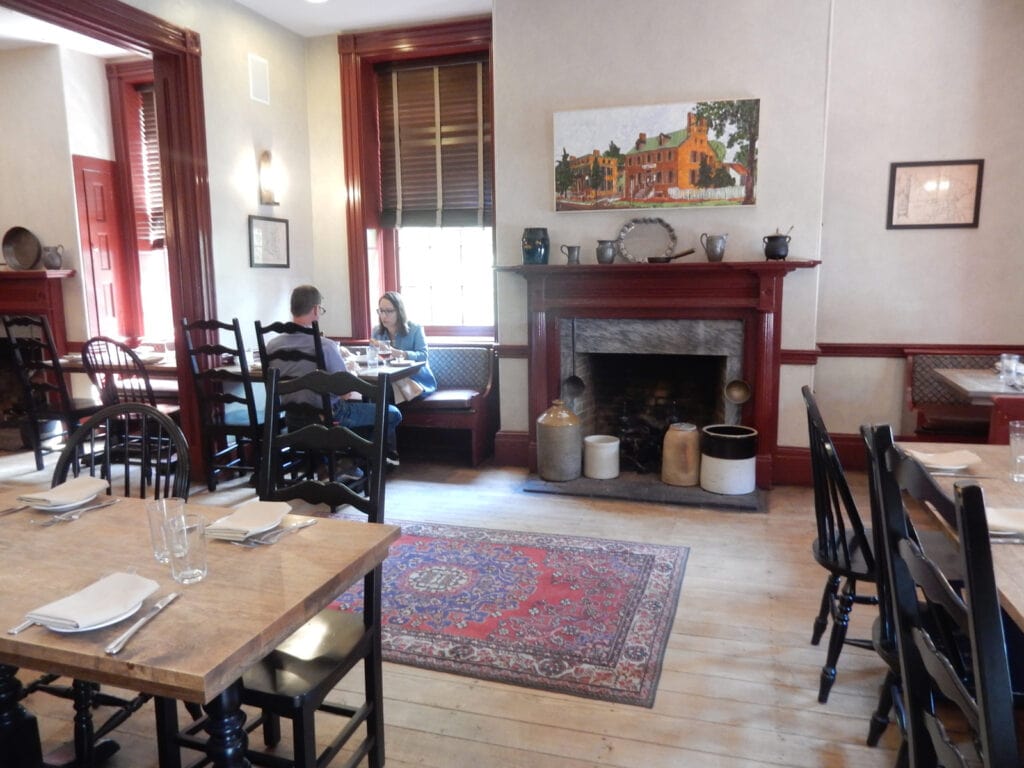
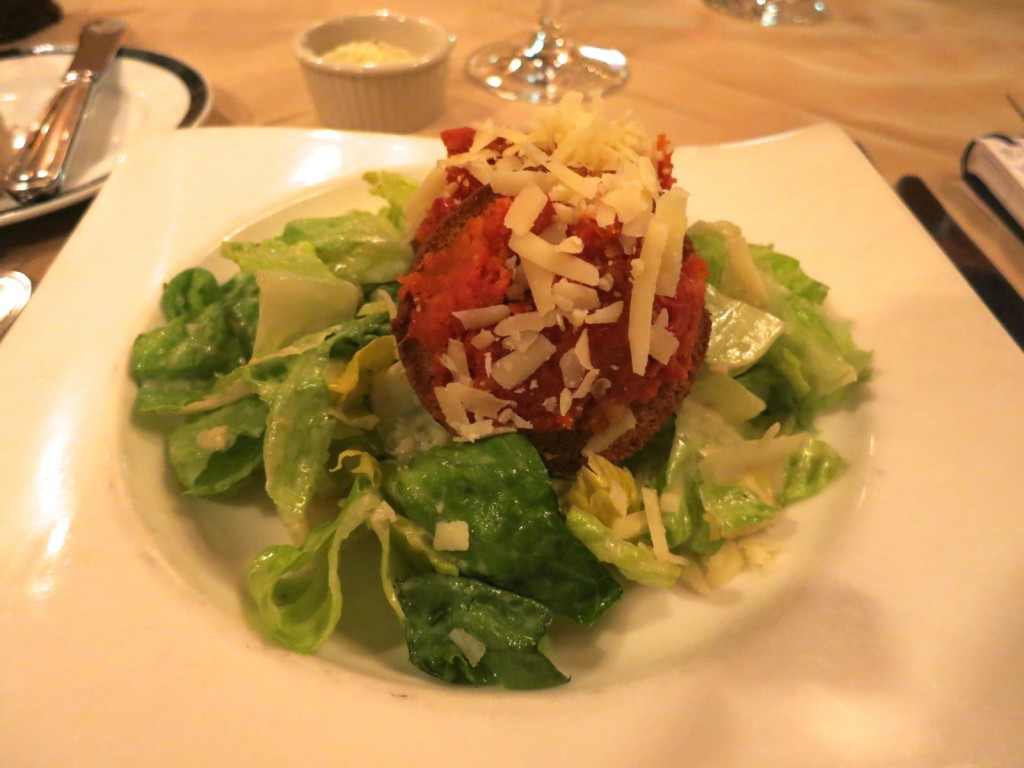
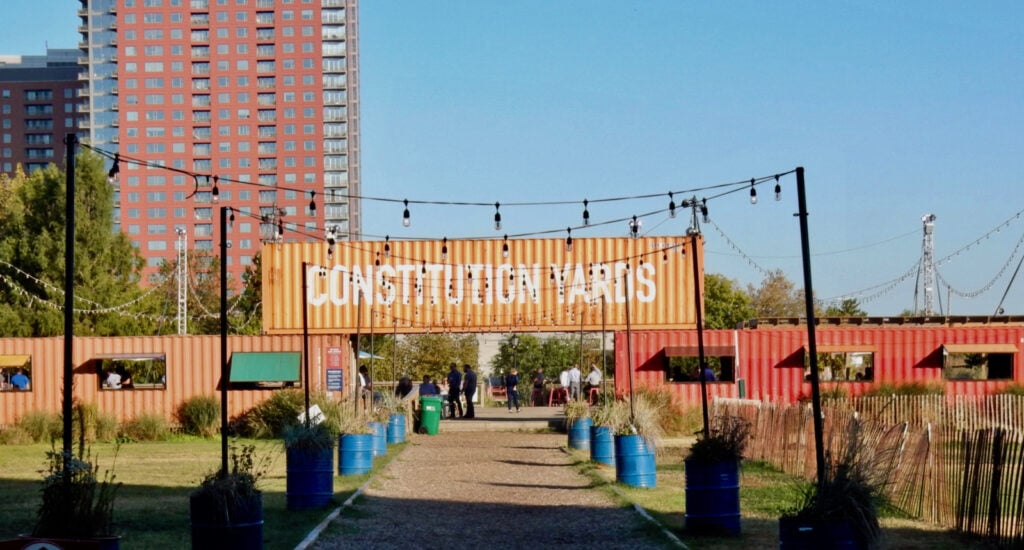
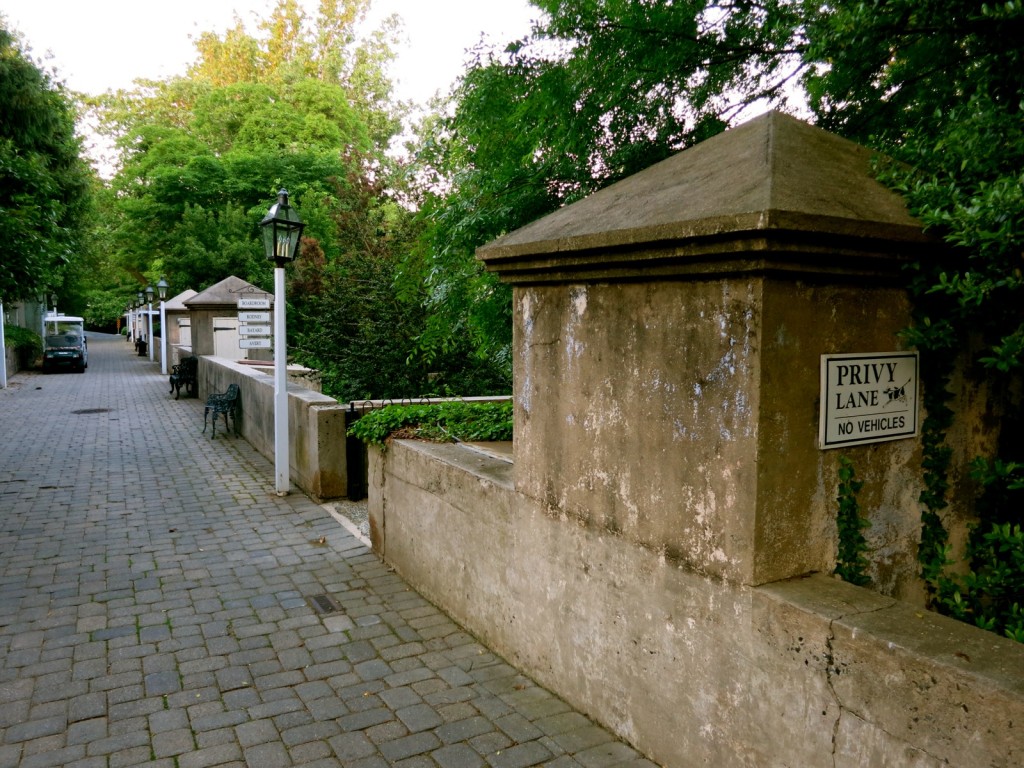
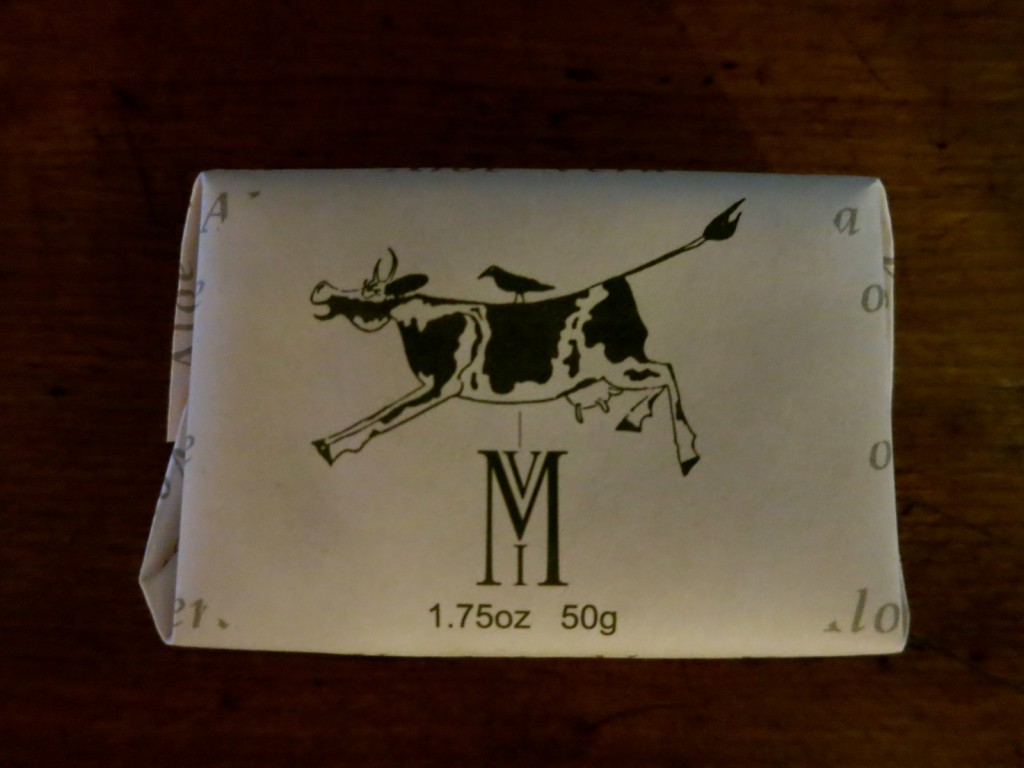
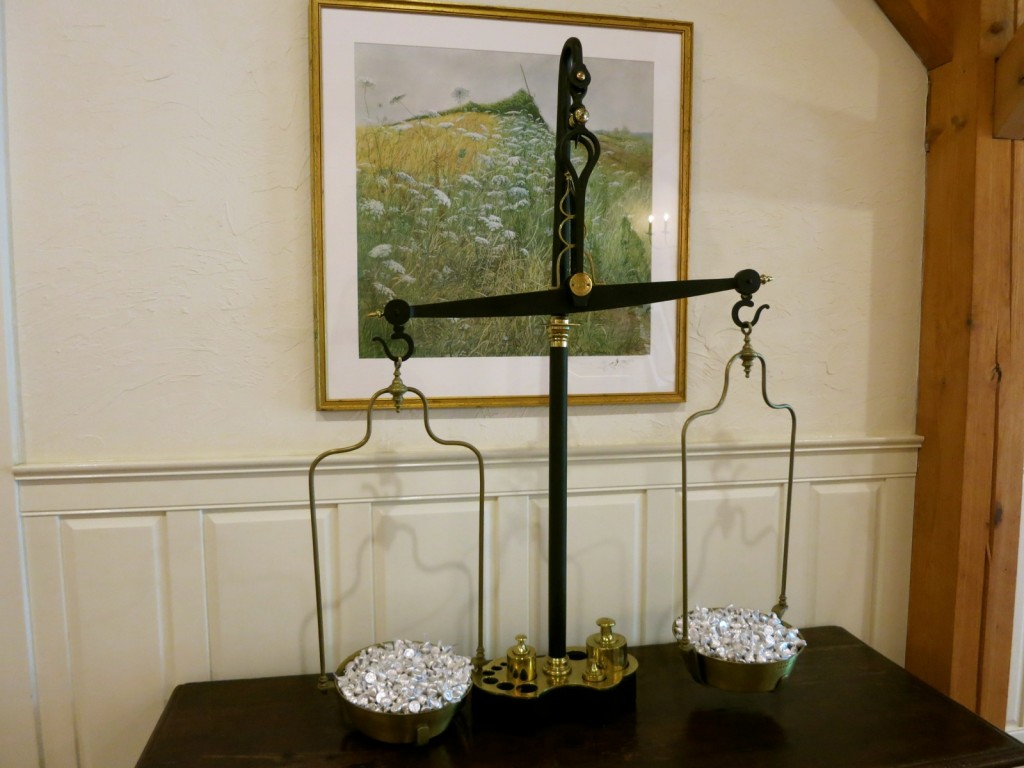
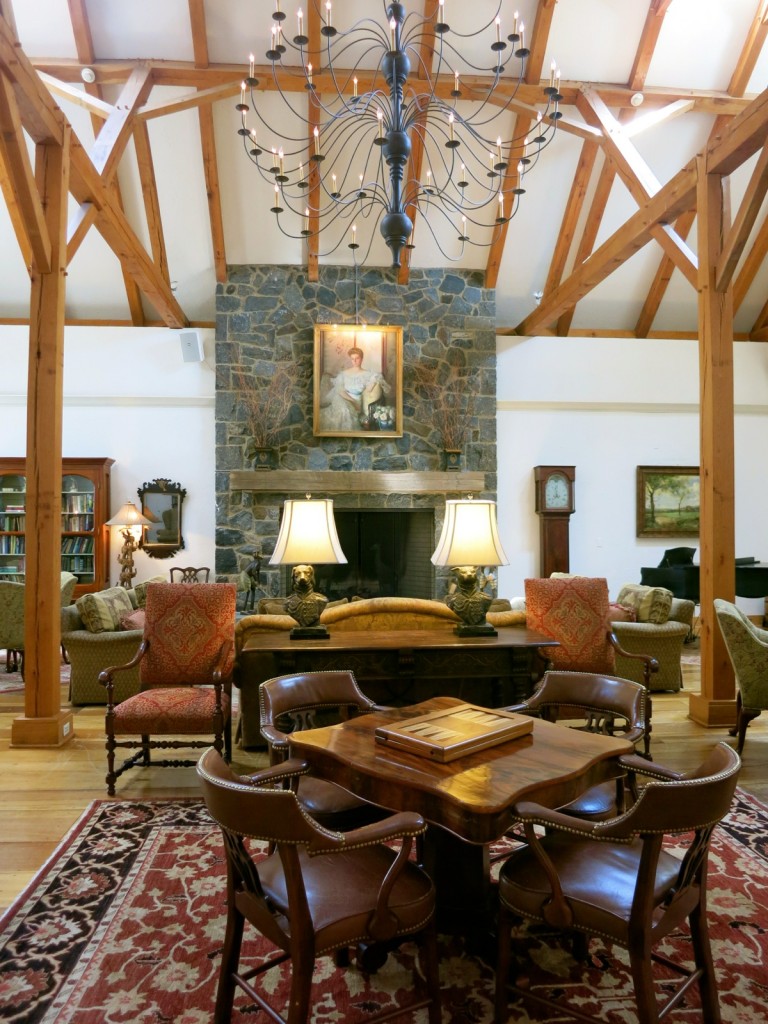
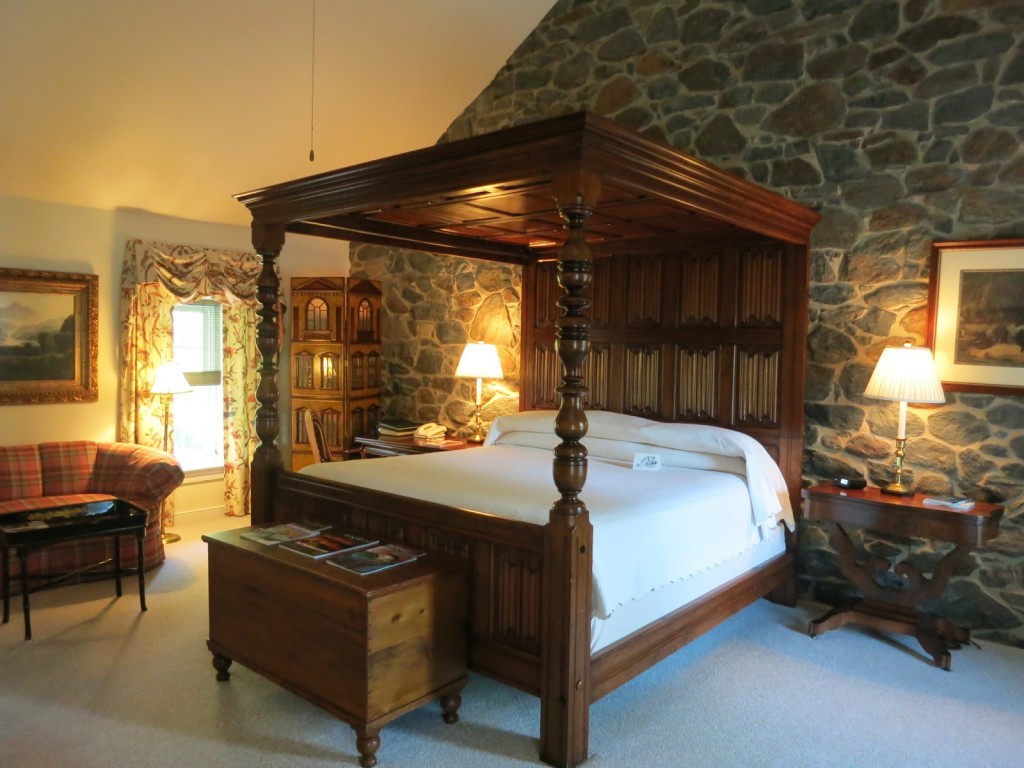
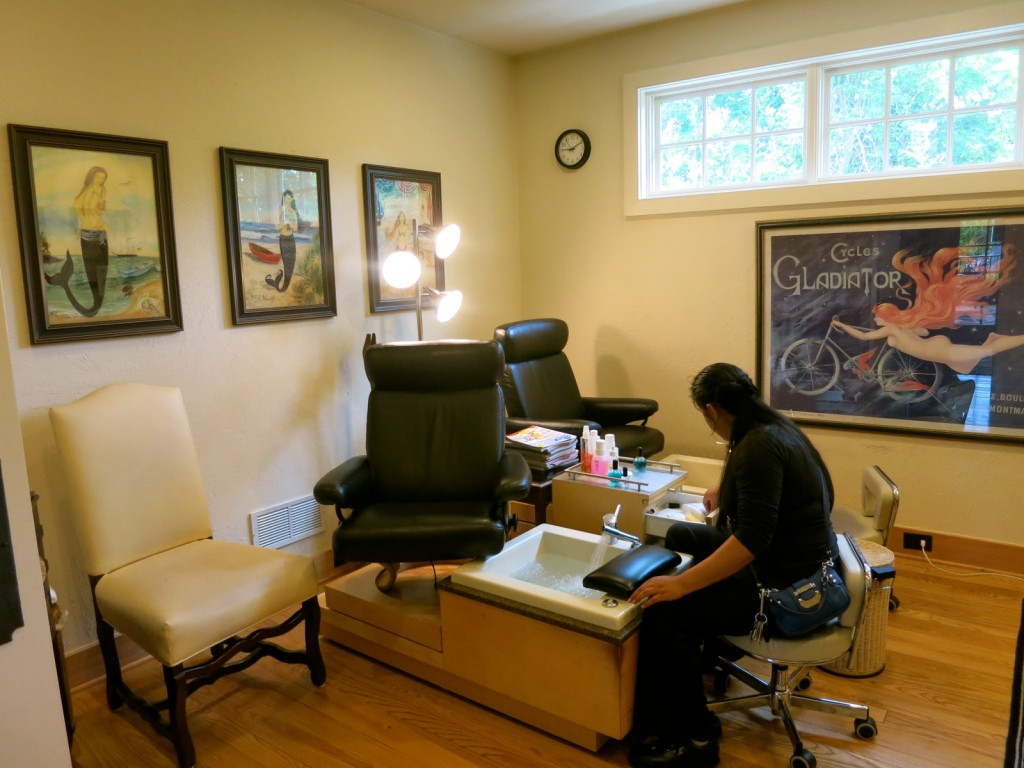
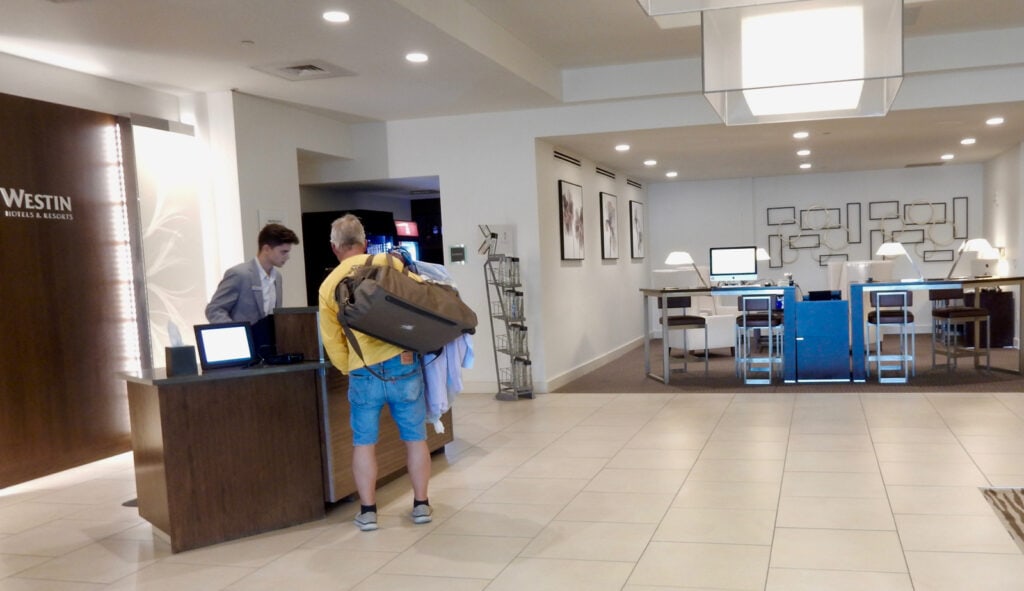

Malerie: This is a beautiful tribute to exciting heritage sites in our region!! It was a pleasure to talk with you in the fall in Wilmington (our lunch at Bardea, yum).
Hope to see you back here soon!